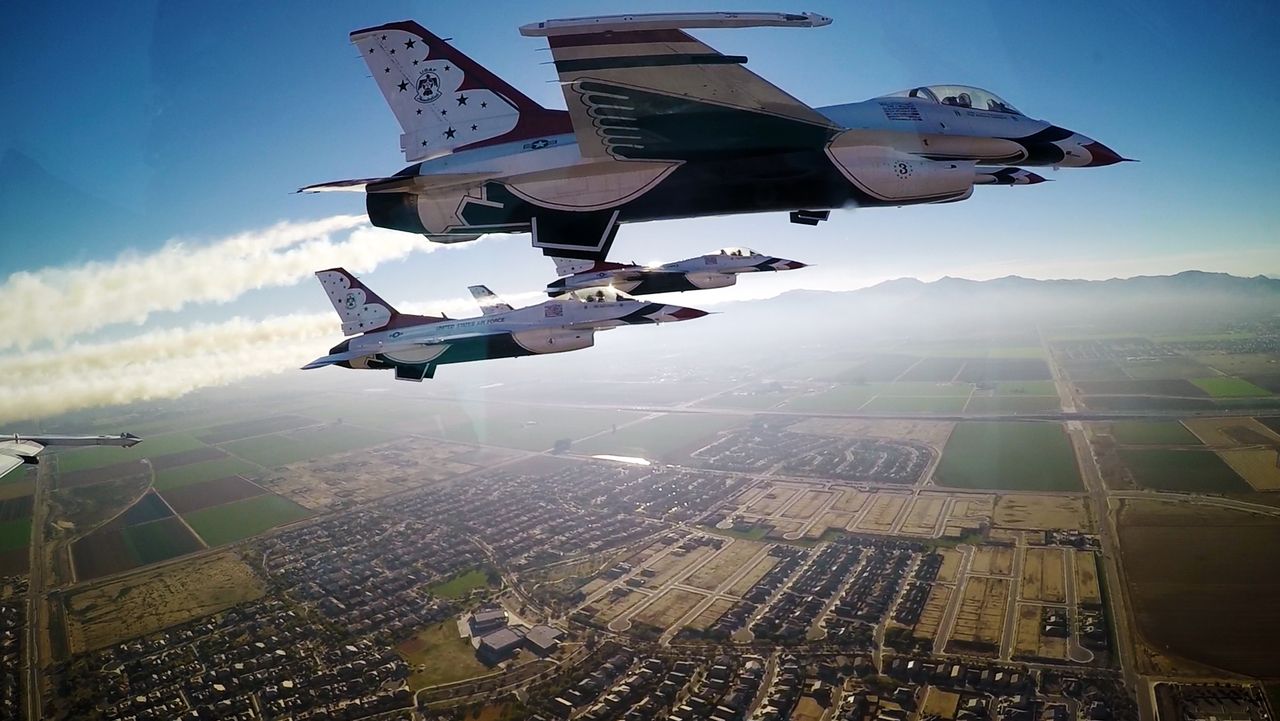Forums
- Forums
- Axis And Allies Forum
- General Discussion
- Aviation News
Aviation News
Post a reply
- Go to Previous topic
- Go to Next topic
- Go to Welcome
- Go to Introduce Yourself
- Go to General Discussion
- Go to Screenshots, Images and Videos
- Go to Off topic
- Go to Works in Progress
- Go to Skinning Tips / Tutorials
- Go to Skin Requests
- Go to IJAAF Library
- Go to Luftwaffe Library
- Go to RAF Library
- Go to USAAF / USN Library
- Go to Misc Library
- Go to The Ops Room
- Go to Made in Germany
- Go to Campaigns and Missions
- Go to Works in Progress
- Go to Juri's Air-Raid Shelter
- Go to Campaigns and Missions
- Go to Works in Progress
- Go to Skinpacks
- Go to External Projects Discussion
- Go to Books & Resources
-
9 years agoWed Jan 28 2015, 10:44pm
 Main Admin
Main Admin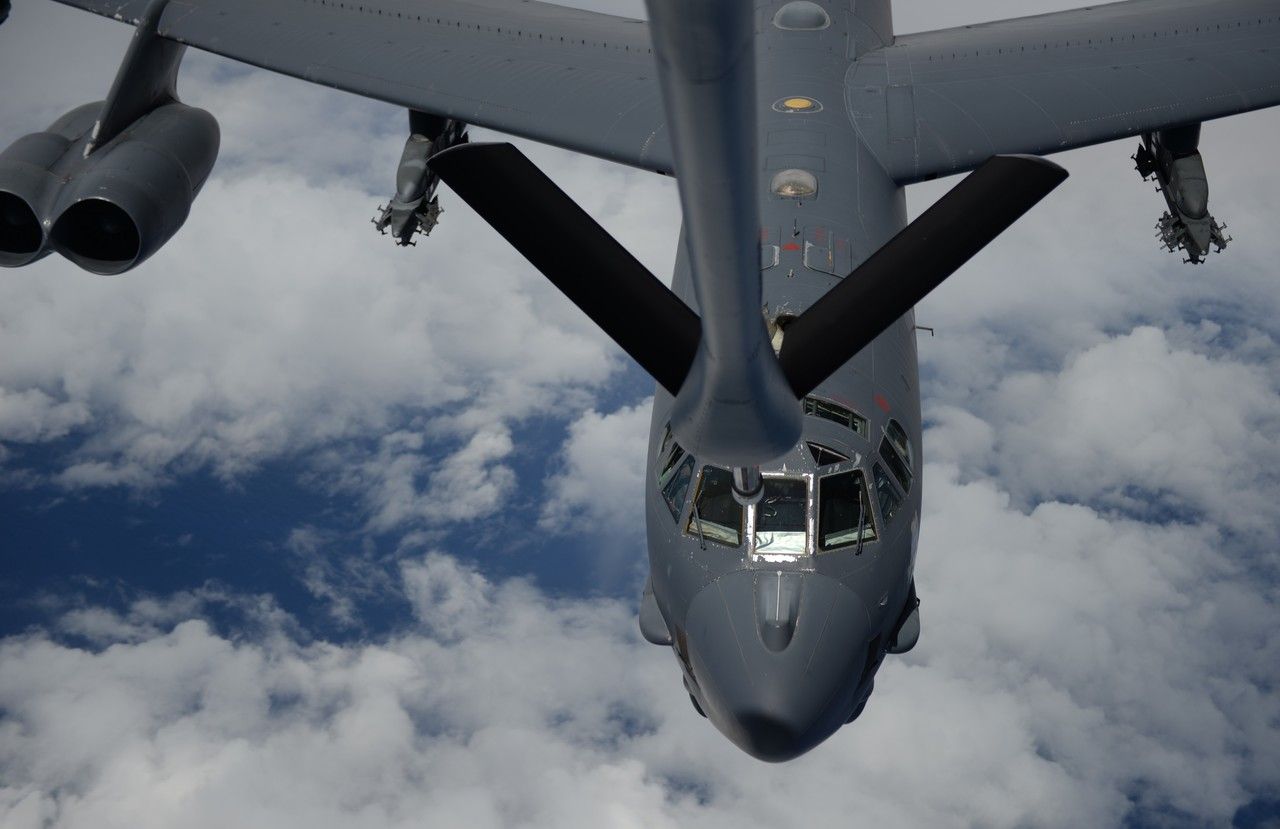
U.S. Air Force flight crew members from the 157th Air Refueling Wing, N.H., prepare a KC-135 Stratotanker from the 506th Expeditionary Air Refueling Squadron to participate in an air refueling training mission Jan. 19, 2015 over the Pacific Ocean near Andersen Air Force Base, Guam. The 157 ARW crew executed the training mission along with a B-52 Stratofortress operated by crew members from the 96th Expeditionary Bomb Squadron, which is deployed to Guam from Barksdale Air Force Base, La. (U.S. Air National Guard photo by Senior Airman Kayla McWalter/RELEASED)
CAPE CANAVERAL AIR FORCE STATION, Fla., (Jan. 20, 2015) A United Launch Alliance (ULA) Atlas V rocket carrying the third Mobile User Objective System satellite for the U.S. Navy lifts off Tuesday, Jan. 20, 2015 from Space Launch Complex-41 at 8:04 p.m. EST. The MUOS-3 spacecraft will ensure continued mission capability of the existing Ultra High Frequency Satellite Communications system that will provide improved and assured mobile communications to the warfighter. (U.S. Navy photos courtesy of United Launch Alliance/Released)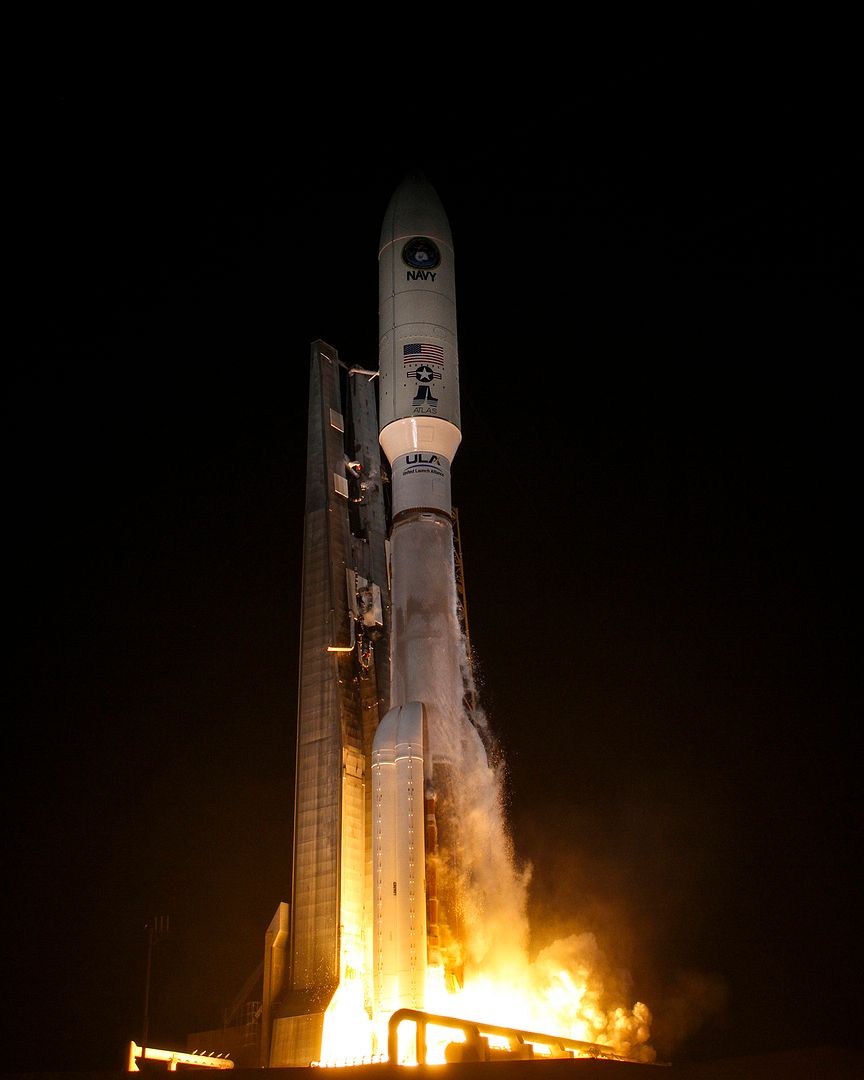
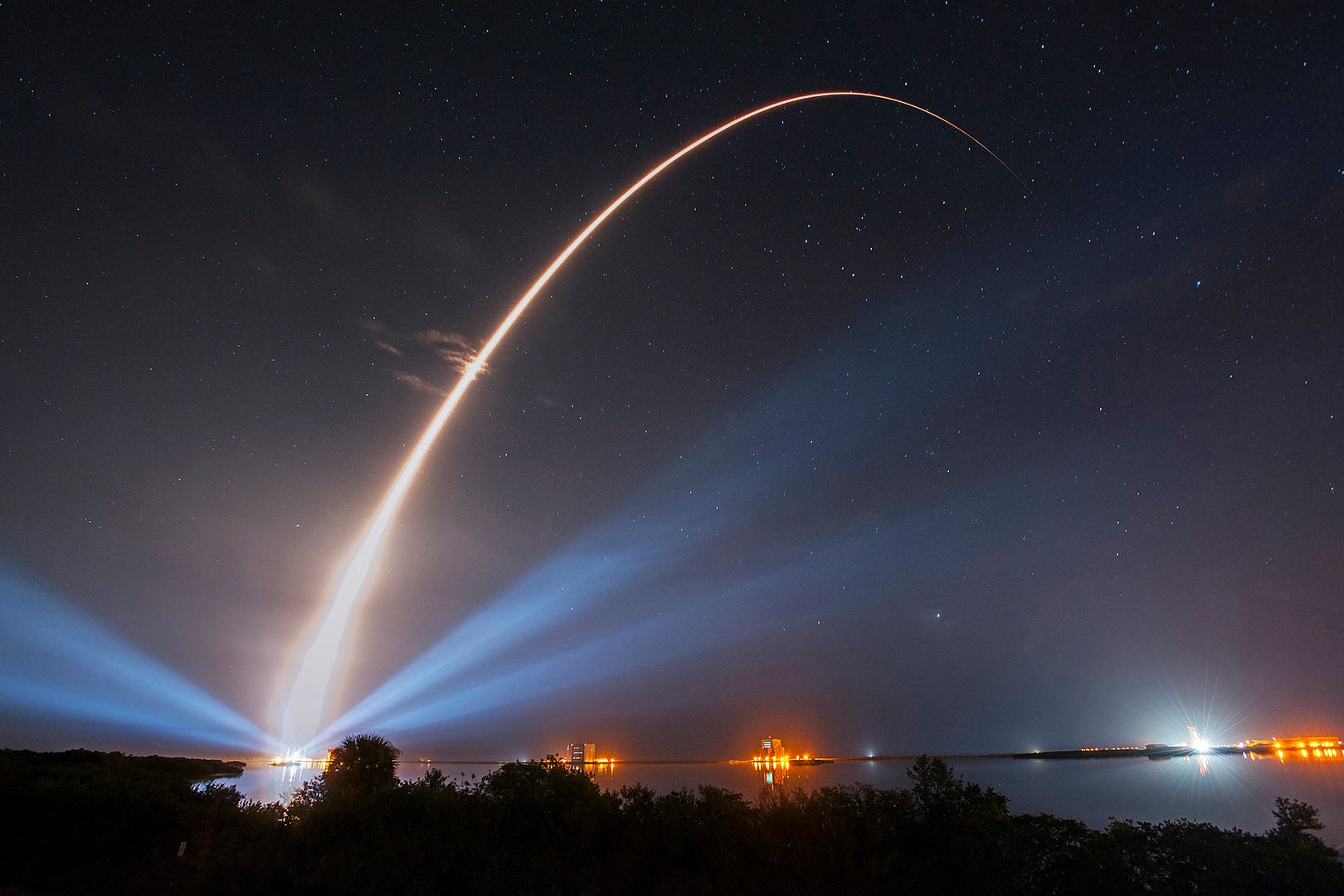
-
9 years agoThu Jan 22 2015, 07:52pm
 Main AdminEVERETT, Wash., Jan. 21, 2015 -- Boeing (NYSE:BA) and Thai Airways International Public Company Limited (THAI) celebrated the Thai flag-carrier's 75th direct delivery of a Boeing airplane. Marking the milestone delivery, Boeing and THAI collaborated to transport 1,000 wool blankets onboard THAI's newly delivered 777-300ER (Extended Range), shown here in this photo.
Main AdminEVERETT, Wash., Jan. 21, 2015 -- Boeing (NYSE:BA) and Thai Airways International Public Company Limited (THAI) celebrated the Thai flag-carrier's 75th direct delivery of a Boeing airplane. Marking the milestone delivery, Boeing and THAI collaborated to transport 1,000 wool blankets onboard THAI's newly delivered 777-300ER (Extended Range), shown here in this photo.
The 56th Rescue Squadron pilots fly an HH-60G Pave Hawk during a combat search and rescue scenario on Royal Air Force Lakenheath, England, Jan. 16, 2015. Unlike other rescue squadrons, the 56th RQS is the only unit with a dedicated combat search and rescue force to conduct personnel recovery for a joint force. (U.S. Air Force photo's by Airman 1st Class Trevor T. McBride/Released)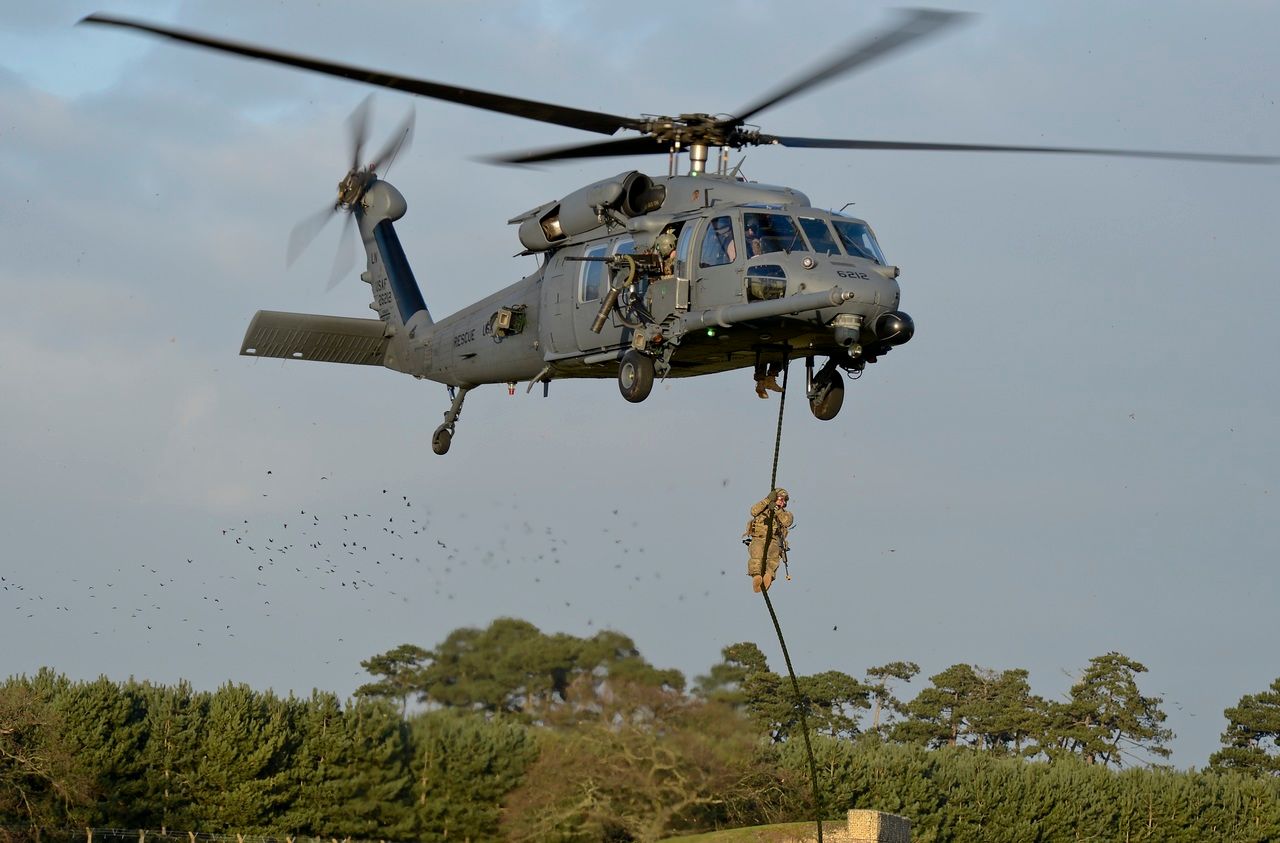
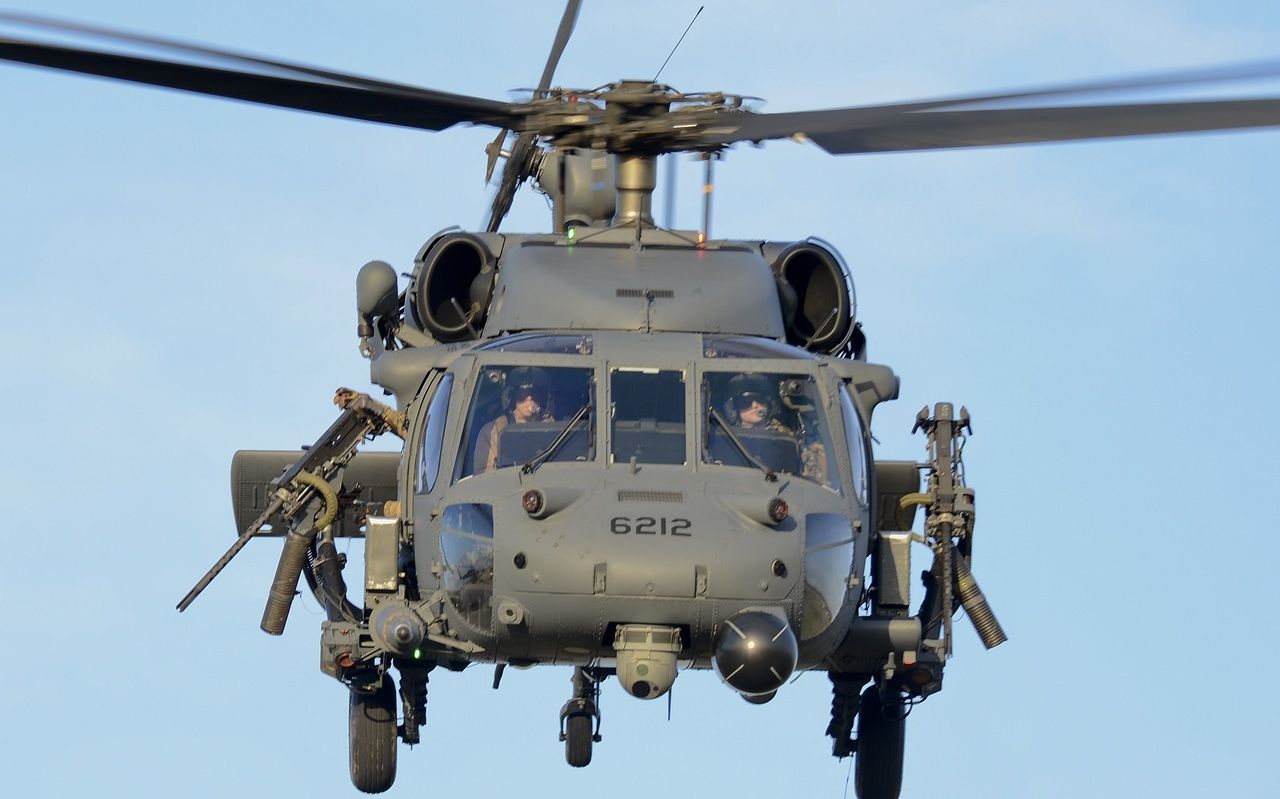
French Defence Procurement Agency (DGA) Press Release (issued the 15 of February 2015)
On 13th January 2015, the missile test division of the DGA (French Defence Procurement Agency) carried out a complex test firing of the Aster 30 air defence missile on behalf of the French Navy at its Levant test centre. The firing scenario of the Aster 30 training missile launched from the Chevalier Paul air defence frigate involved an air target pursuing a friendly aircraft. The purpose of the test was to prove Aster 30?s ability to discriminate and intercept when dealing with two interlinked radar tracks.
This elaborate scenario, created for the French Navy in cooperation with DGA Naval Technology and DGA Information Management, and using an instrumented training missile, allowed technical data to be collected giving precise details of the missile?s final interception phase.
In addition to the main priority which was the safety of both personnel and property within a complex scenario that put three fast moving objects in flight, one of which was a missile fitted with measuring instrumentation, the challenge met by the DGA was to have two Mirach targets flying in close proximity to each other.
The firing demonstrated the excellent qualities of the PAAMS system and its Aster missile in complex situations, notably under the conditions where friend and foe are in close proximity. It is one of the few systems currently in service in the world capable of such a performance.
The PAAMS system, developed in cooperation between France, Italy and the UK, comprises a multi-functional radar, a surveillance radar, Aster 15 and Aster 30 missiles, a vertical launch system and a command and control system. PAAMS provides self, local and fleet area defence.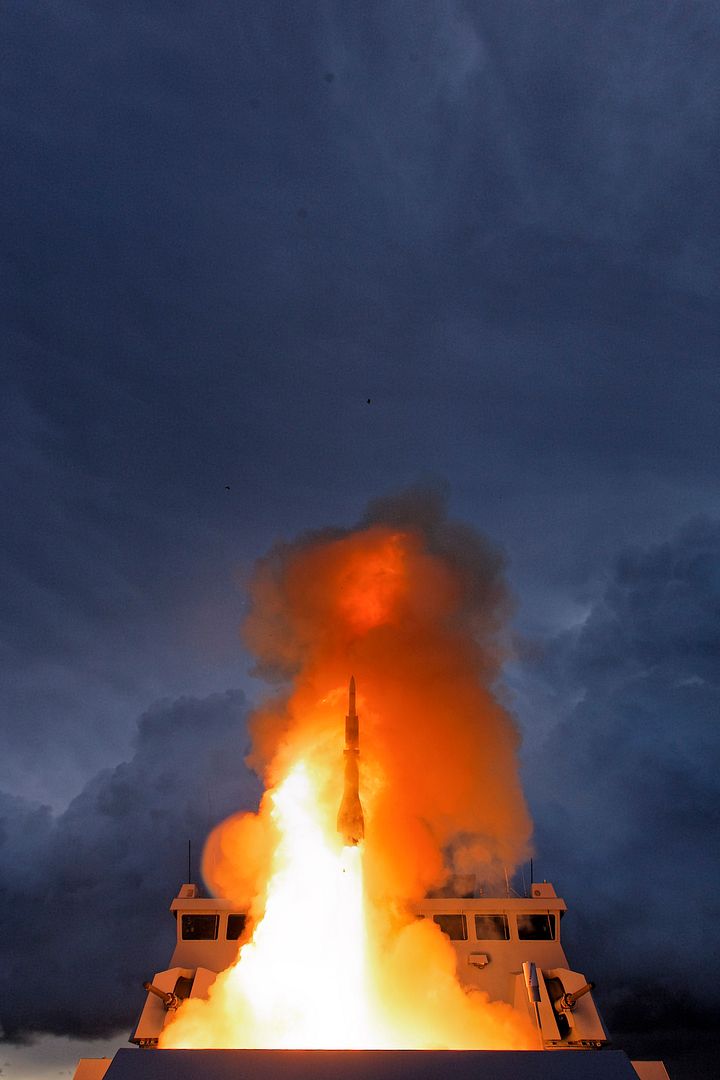
Released today F-35 testing
-
 Main AdminOrlando, Fla., and ST. LOUIS, Mo., Jan. 22, 2014 ? The F/A-18 Super Hornet infrared search and track (IRST) system, developed and integrated by Boeing [NYSE: BA] and Lockheed Martin [NYSE: LMT], received approval from the U.S. Navy to enter low-rate initial production.
Main AdminOrlando, Fla., and ST. LOUIS, Mo., Jan. 22, 2014 ? The F/A-18 Super Hornet infrared search and track (IRST) system, developed and integrated by Boeing [NYSE: BA] and Lockheed Martin [NYSE: LMT], received approval from the U.S. Navy to enter low-rate initial production.
The IRST system consists of Lockheed Martin?s IRST21? sensor, the GE Aviation FPU-13 Fuel Tank Assembly and the Meggitt Defense Industry Environmental Control unit. The system demonstrated its production readiness through a series of extensive assessments and reviews, including flight tests.
?This ?see first, strike first? capability can be used in a variety of threat environments and is a game changer for our warfighters as we combat future adversaries,? said U.S. Navy F/A-18 program manager Capt. Frank Morley. IRST is expected to deploy on the F/A-18 Super Hornet in 2017.
IRST21 is the next generation of Lockheed Martin?s legacy IRST sensor system, which accumulated more than 300,000 flight hours on the U.S. Navy?s F-14 and international F-15 platforms. The long-range IRST21 sensor uses infrared search and track technology to detect, track and enable the Super Hornet to engage threats with air-to-air weapons.
?Lockheed Martin and Boeing have proven the maturity of the IRST21 sensor and the IRST system and are poised to get this advanced capability out to the fleet to support Navy carrier strike group objectives,? said Ken Fuhr, fixed wing program director at Lockheed Martin Missiles and Fire Control.
In addition to detecting airborne threats, IRST significantly enhances multiple target resolution compared to radar, providing greater discrimination of threat formations at longer ranges. Data from the IRST21 sensor is fused with other on-board F/A-18 sensor data to provide maximum situational awareness to the warfighter.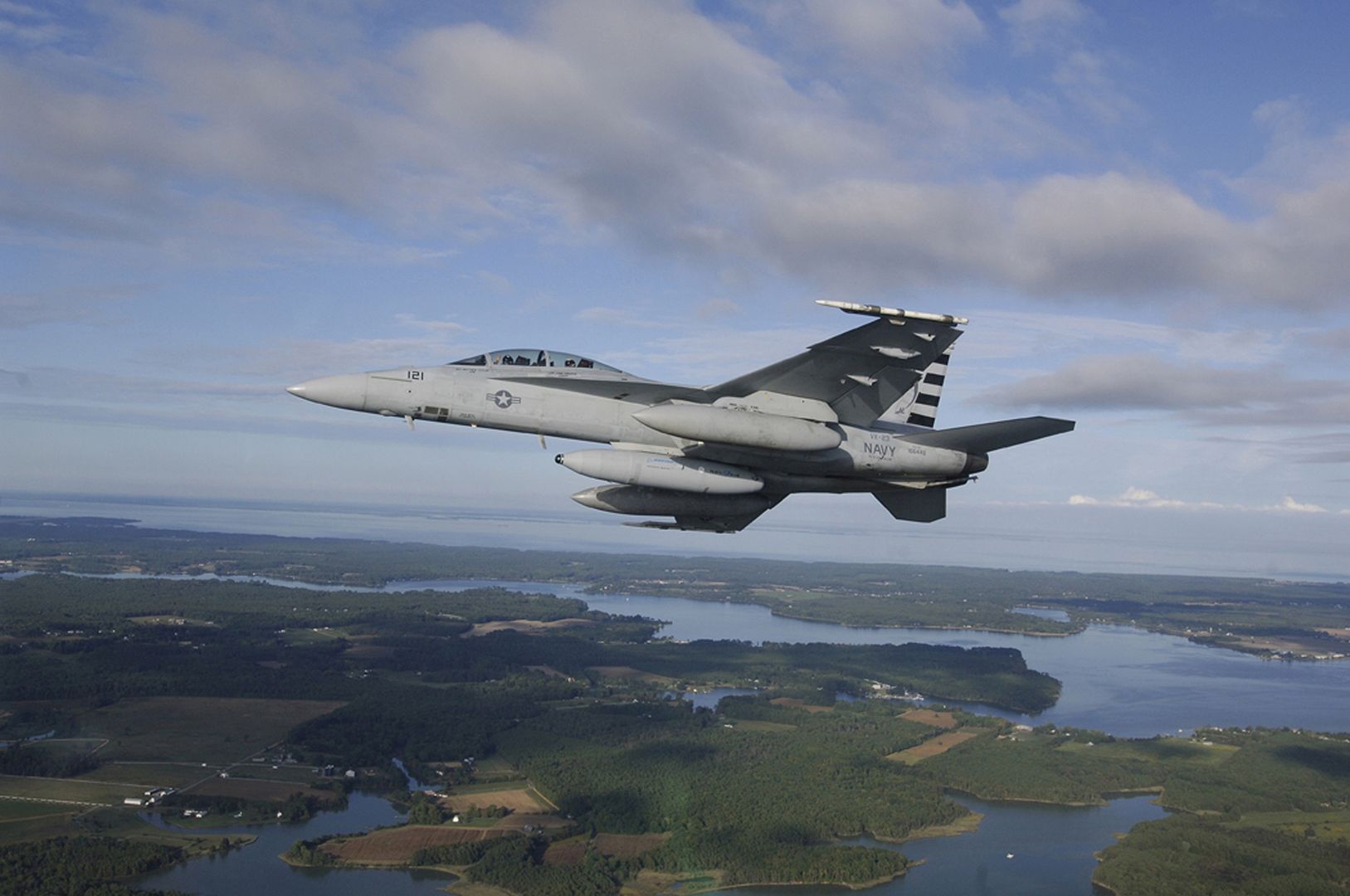
SEATTLE, Jan. 22, 2015 ? The Boeing [NYSE: BA] Maritime Surveillance Aircraft (MSA) program is ready for customer demonstration flights, having completed the baseline ground and flight testing of the aircraft mission systems.
Flights for prospective customers around the world are scheduled to begin in the coming months. The mission system testing followed last year?s airworthiness and certification testing.
?The mission systems flight test program proved the functionality and performance of the onboard sensors and was a huge accomplishment for the MSA team,? said David Utz, MSA demonstrator flight test manager.
The testing included hundreds of scenarios to confirm performance of the Automatic Identification System, radar, Electro-Optical Infrared camera, communications radios and data links, Communications Intelligence System and the Electronic Support Measures.
MSA is a multi-intelligence maritime surveillance platform that leverages investments in the P-8A Poseidon and the Airborne Warning and Control System Block 40/45 aircraft mission systems to provide a high capability, low-risk intelligence, surveillance and reconnaissance solution in a mid-size business jet.
The aircraft?s potential missions include anti-piracy, immigration patrols, Economic Exclusion Zone enforcement, coastal and border security and long-range search and rescue.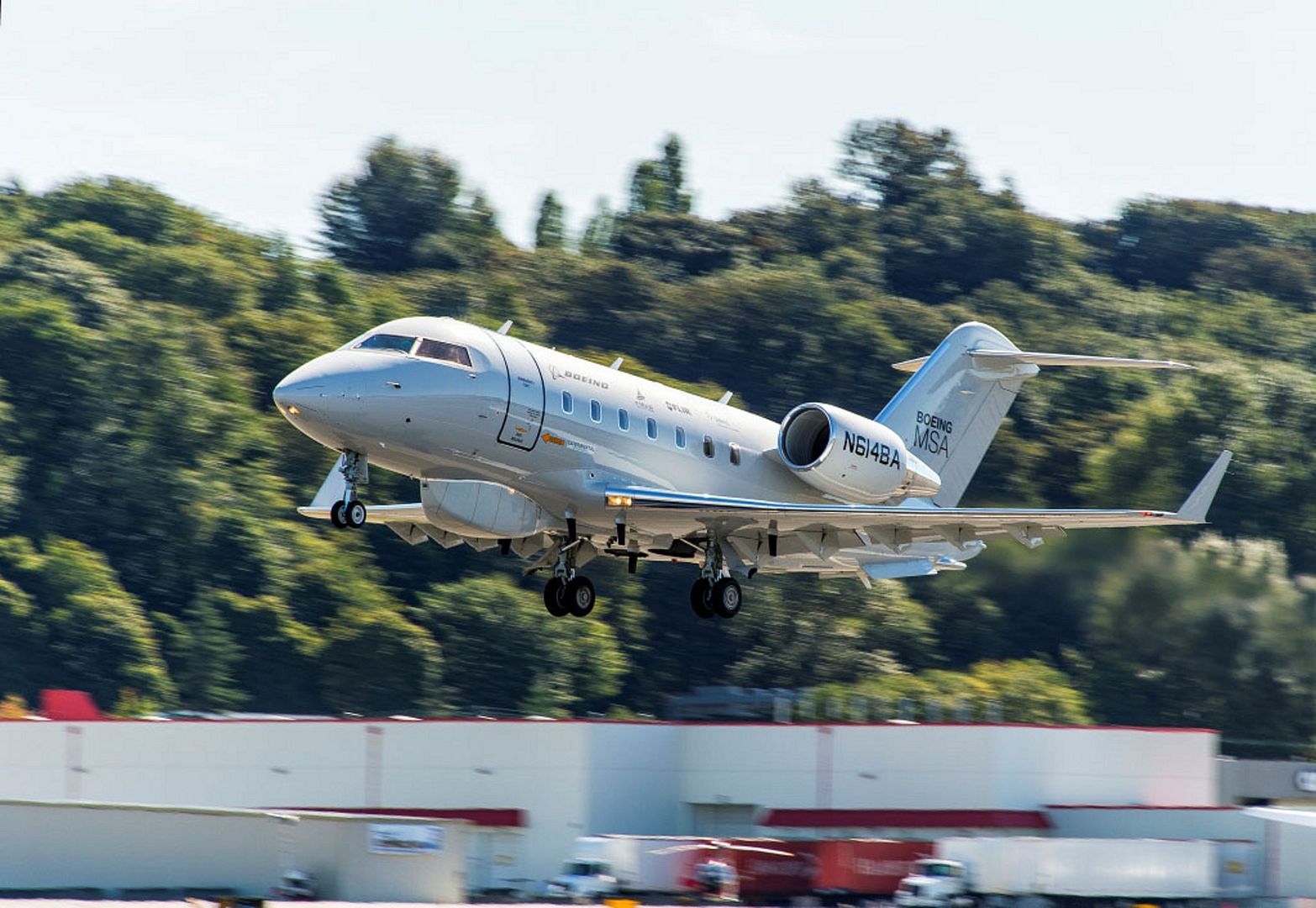
ATLANTIC OCEAN (Jan. 20, 2015) An AV-8B Harrier lands on the flight deck of the amphibious assault ship USS Kearsarge (LHD 3). Kearsarge is underway conducting Afloat Training Group basic phase training. (U.S. Navy photo by Mass Communication Specialist 2nd Class Tamara Vaughn/Released)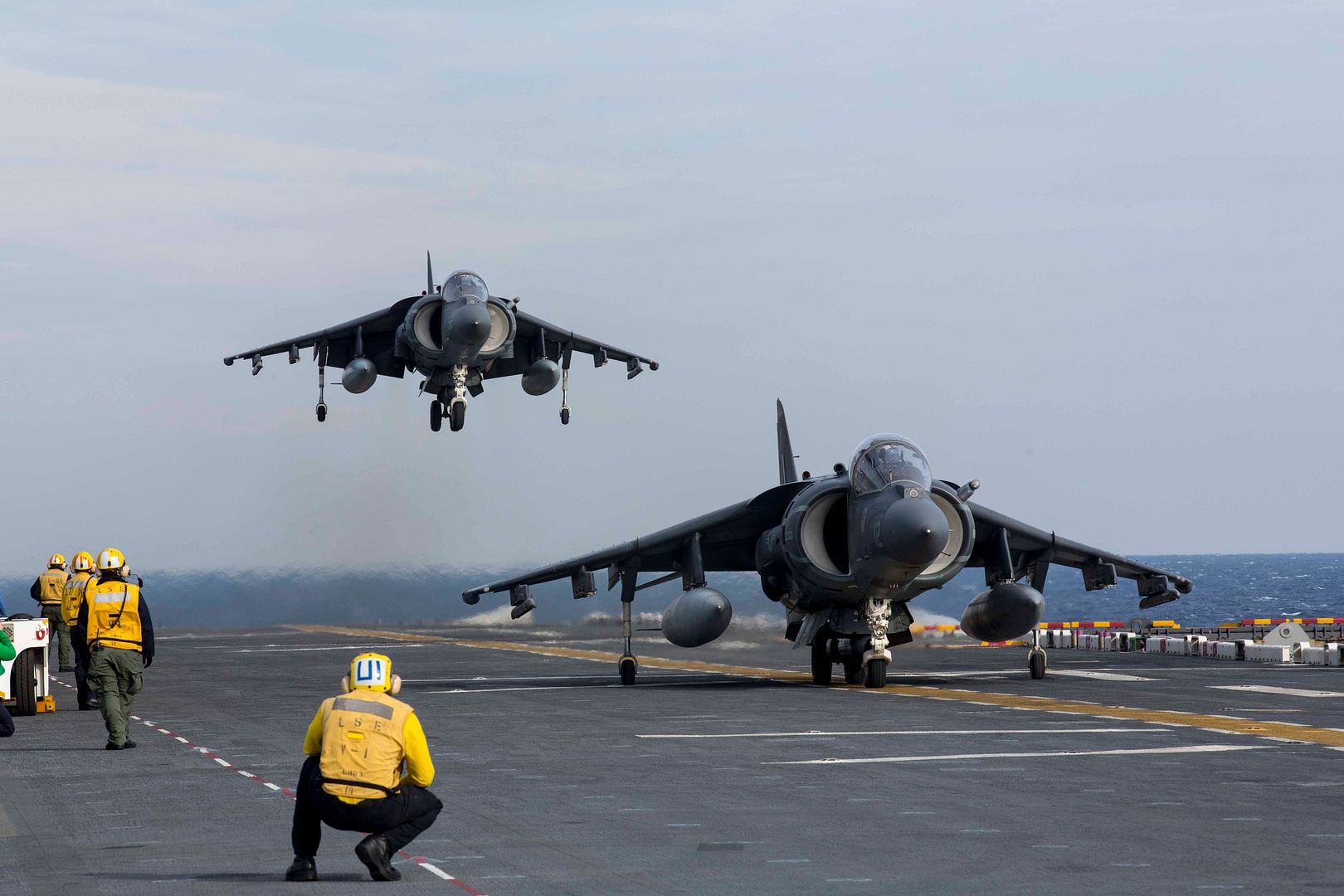
-
 Main AdminAmerican Airlines has taken delivery of its first Boeing 787-8, joining United Airlines as the second operator of the Dreamliner in the USA.The carrier took title of the aircraft, registration N800AN and MSN 40618, at the airframer?s Everett, Washington, facility on 22 January.
Main AdminAmerican Airlines has taken delivery of its first Boeing 787-8, joining United Airlines as the second operator of the Dreamliner in the USA.The carrier took title of the aircraft, registration N800AN and MSN 40618, at the airframer?s Everett, Washington, facility on 22 January.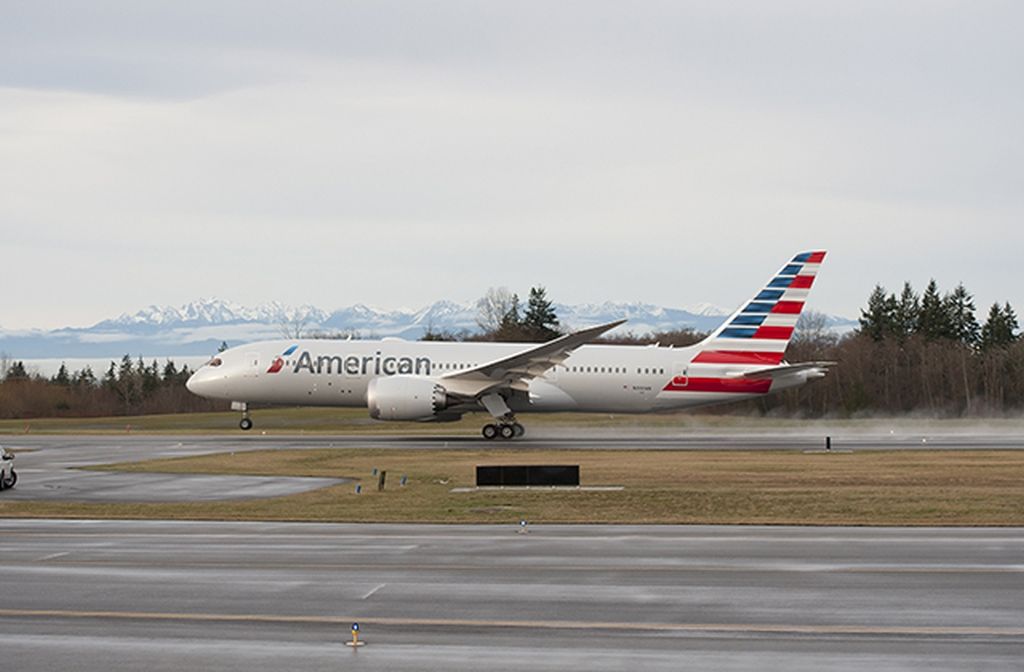
U.S. Marine Lt. Col. J.T. ?Tank? Ryan, Marine Fighter Attack Training Squadron 501 detachment commander and F-35 pilot, delivers the first Marine Corps F-35C Lightning II carrier variant to Navy Attack Fighter Squadron 101 on Eglin Air Force Base, Fla., Jan. 13, 2015. Ryan flew the aircraft from the Lockheed Martin plant, Fort Worth, Texas, as the first of five Marine Corps F-35C model aircraft to be delivered to the VFA-101. The F-35C model brings 25 percent more range and a bigger weapons bay. It also allows the Marine Corps to fly aboard Navy aircraft carriers, which continues an effective and long-standing tactical air integration program between the Navy and Marine Corps. (U.S. Air Force photo/Staff Sgt. Marleah Robertson)
-
9 years agoWed Jan 28 2015, 06:18pm
 Main AdminESA?s unmanned spaceplane, IXV, was lifted onto the payload adapter on 26 January 2015 at Europe's Spaceport in Kourou, French Guiana. The adapter will be used to fix IXV to the Vega rocket.
Main AdminESA?s unmanned spaceplane, IXV, was lifted onto the payload adapter on 26 January 2015 at Europe's Spaceport in Kourou, French Guiana. The adapter will be used to fix IXV to the Vega rocket.
The Intermediate eXperimental Vehicle will be launched into a suborbital trajectory and return to Earth as though from a low-orbit mission. For the first time, it will test and qualify European critical reentry technologies in hypersonic flight, descend by parachute and land in the Pacific Ocean to await recovery and analysis.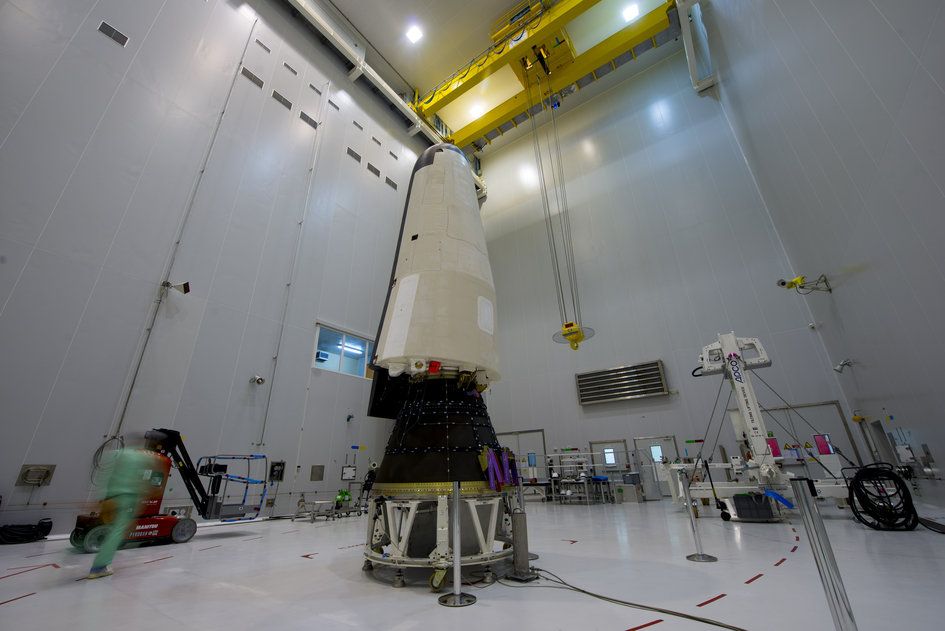
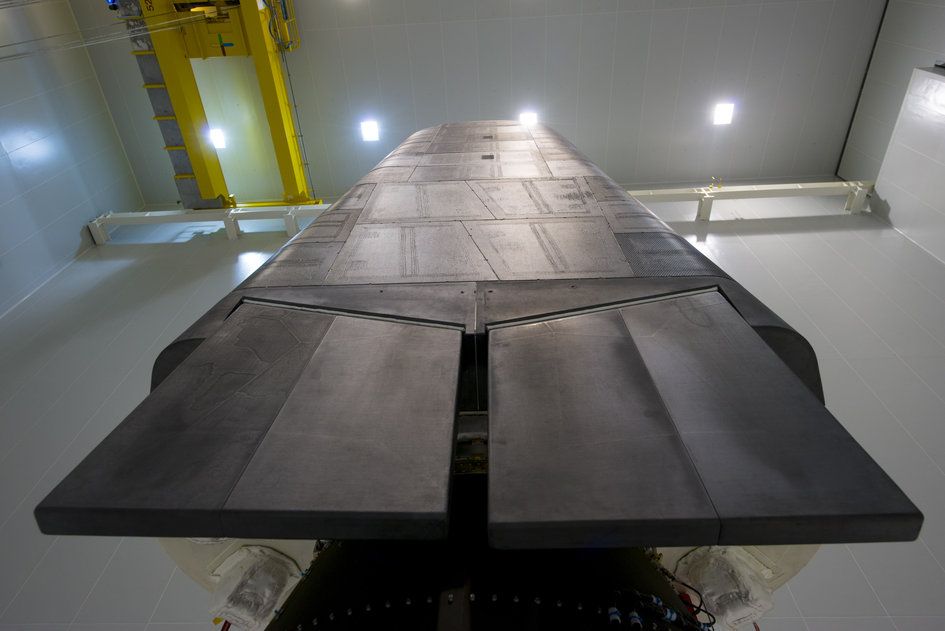
An Australian F-35 Lightning II prepares to launch Jan. 28 at Luke Air Force Base. Australia now has two F-35s stationed at Luke and is the first partner nation to arrive at Luke for the F-35 program. (U.S. Air Force photo by Staff Sgt. Timothy Boyer)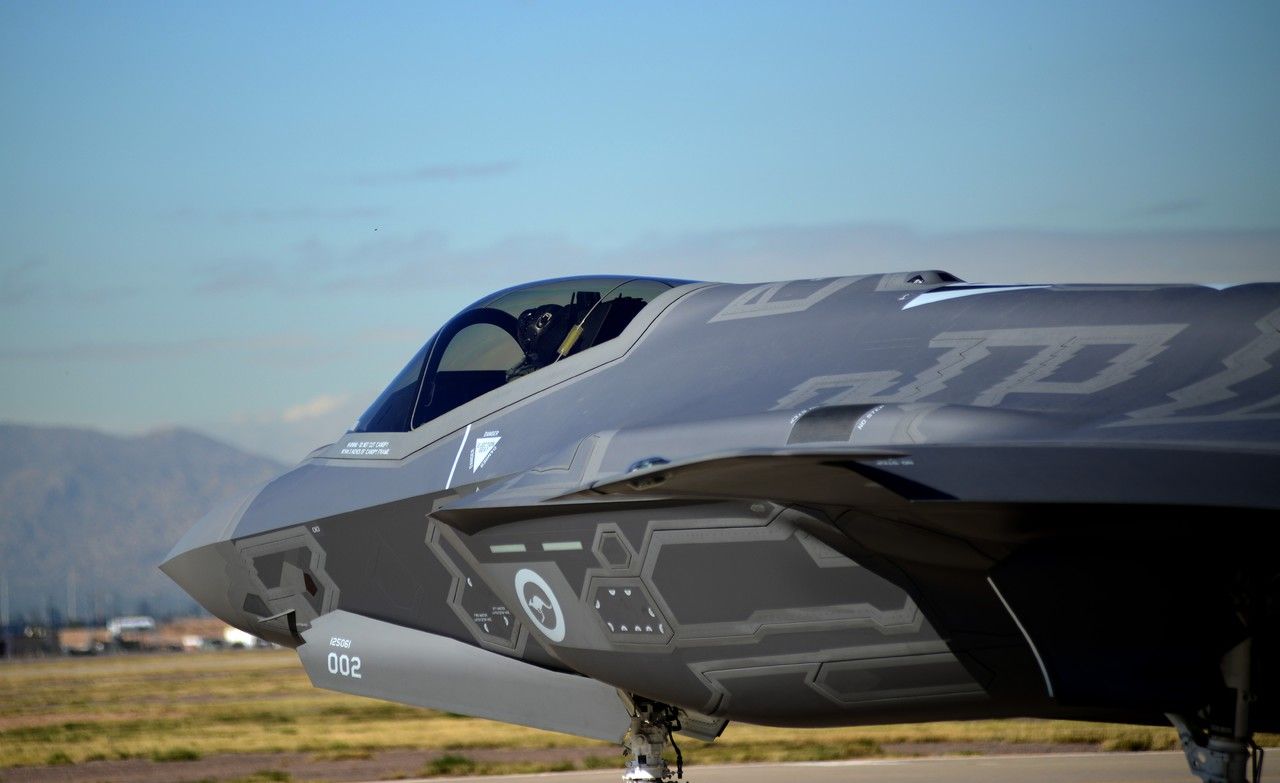
Two F-15E Strike Eagles assigned to the 4th Fighter Wing on their way to Nellis Air Force Base, Nevada, in support of Red Flag 15-1, wait to receive fuel from a KC-135R Stratotanker assigned to the 916th Air Refueling Wing on Jan. 23, 2015. Red Flag 15-1, featuring aircraft from 21 different U.S. Air Force squadrons, offers realistic combat training involving the air, space and cyber forces of the United States and its allies. (U.S. Air Force photo/Airman 1st Class Aaron J. Jenne)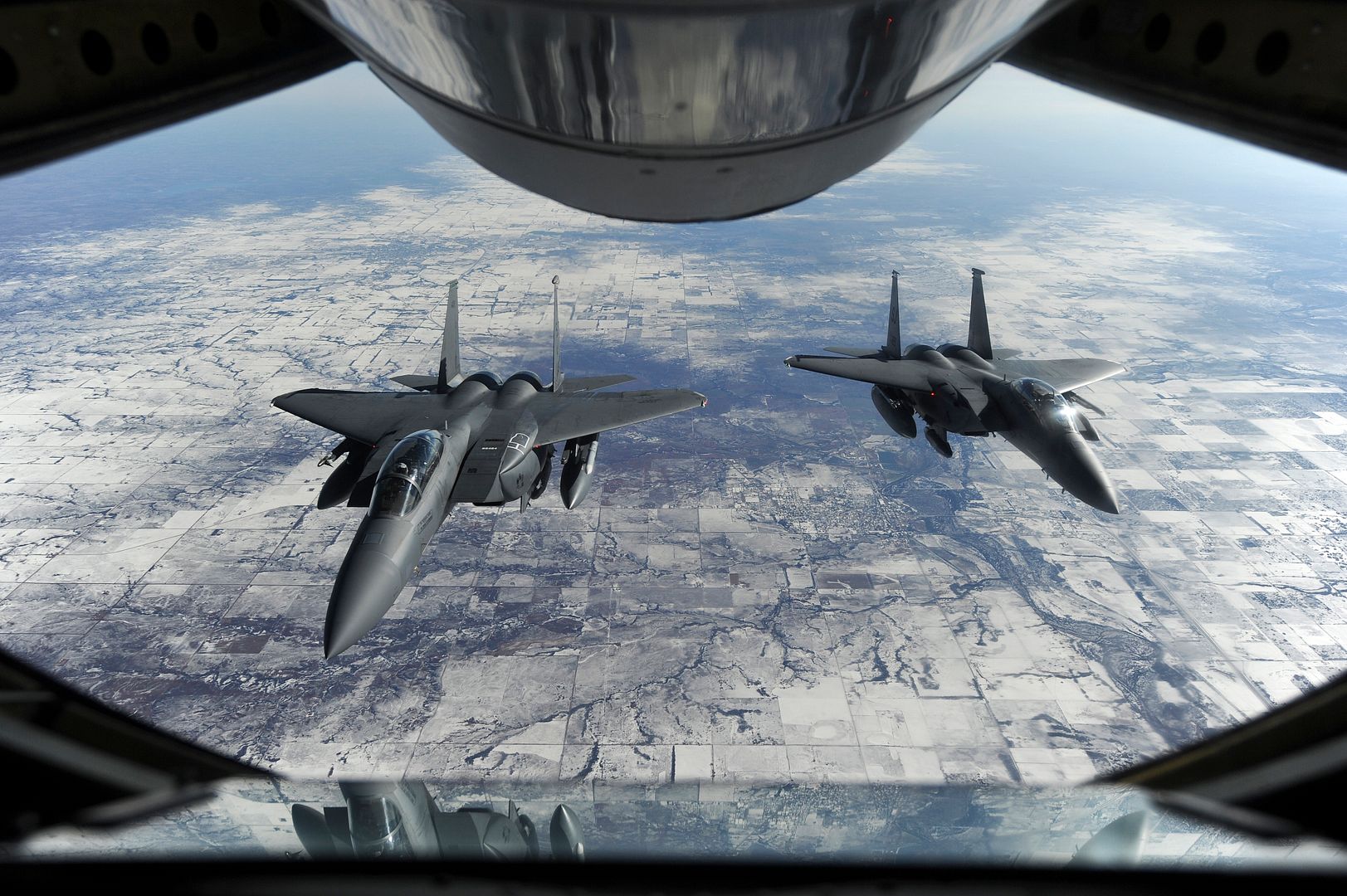
F-15E Strike Eagles assigned to the 4th Fighter Wing make their way to Nellis Air Force Base, Nevada, in support of Red Flag 15-1, Jan. 23, 2015. Eight Strike Eagles from the 4th FW are participating in the exercise, which began Jan. 26. The 4th FW?s Strike Eagles will be performing a different role for this iteration of Red Flag by providing adversary support. During the exercise, they will be simulating hostile aircraft in numerous training scenarios that build in intensity and difficulty as the weeks go on. (U.S. Air Force photo/Airman 1st Class Aaron J. Jenne)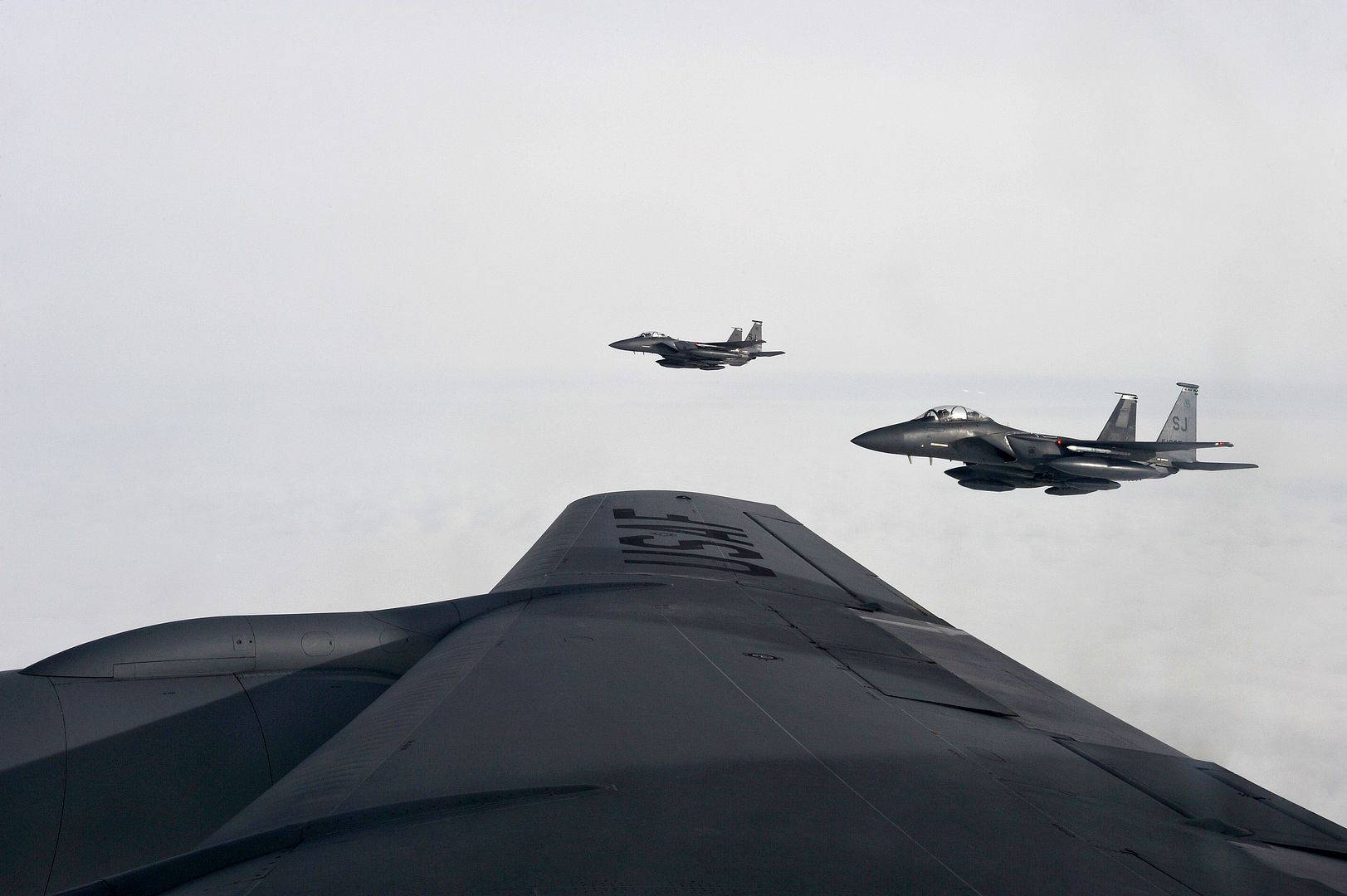
An F-15E Strike Eagle assigned to the 4th Fighter Wing on its way to Nellis Air Force Base, Nevada, in support of Red Flag 15-1, waits to receive fuel from a KC-135R Stratotanker assigned to the 916th Air Refueling Wing, Jan. 23, 2015. Eight Strike Eagles from the 4th FW are participating in the exercise, which began Jan. 26. The 4th FW?s Strike Eagles will be performing a different role for this iteration of Red Flag by providing adversary support. During the exercise, they will be simulating hostile aircraft in numerous training scenarios that build in intensity and difficulty as the weeks go on. (U.S. Air Force photo/Airman 1st Class Aaron J. Jenne)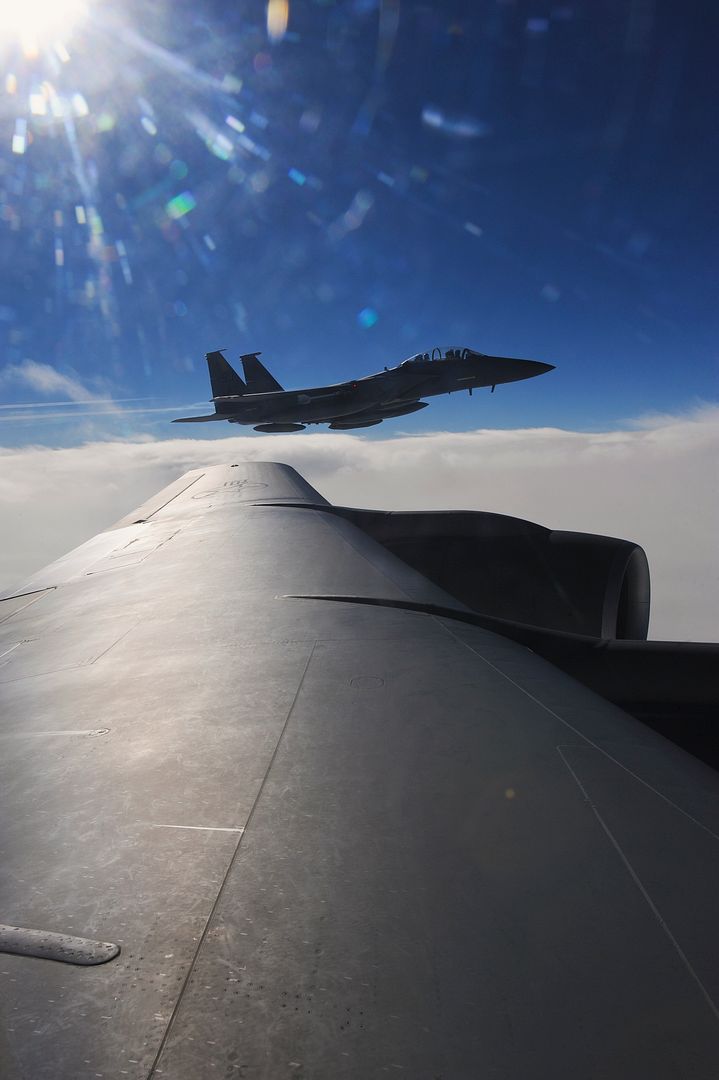
An F-15E Strike Eagle assigned to the 4th Fighter Wing makes its way to Nellis Air Force Base, Nevada, in support of Red Flag 15-1, Jan. 23, 2015. Eight Strike Eagles from the 4th FW are participating in the exercise, which began Jan. 26. The 4th FW?s Strike Eagles will be performing a different role for this iteration of Red Flag by providing adversary support. During the exercise, they will be simulating hostile aircraft in numerous training scenarios that build in intensity and difficulty as the weeks go on. (U.S. Air Force photo/Airman 1st Class Aaron J. Jenne)
An F-15E Strike Eagle assigned to the 4th Fighter Wing on its way to Nellis Air Force Base, Nevada, in support of Red Flag 15-1, receives fuel from a KC-135R Stratotanker assigned to the 916th Air Refueling Wing, Jan. 23, 2015. Red Flag 15-1, featuring aircraft from 21 different U.S. Air Force squadrons, offers realistic combat training involving the air, space and cyber forces of the United States and its allies. (U.S. Air Force photo/Airman 1st Class Aaron J. Jenne)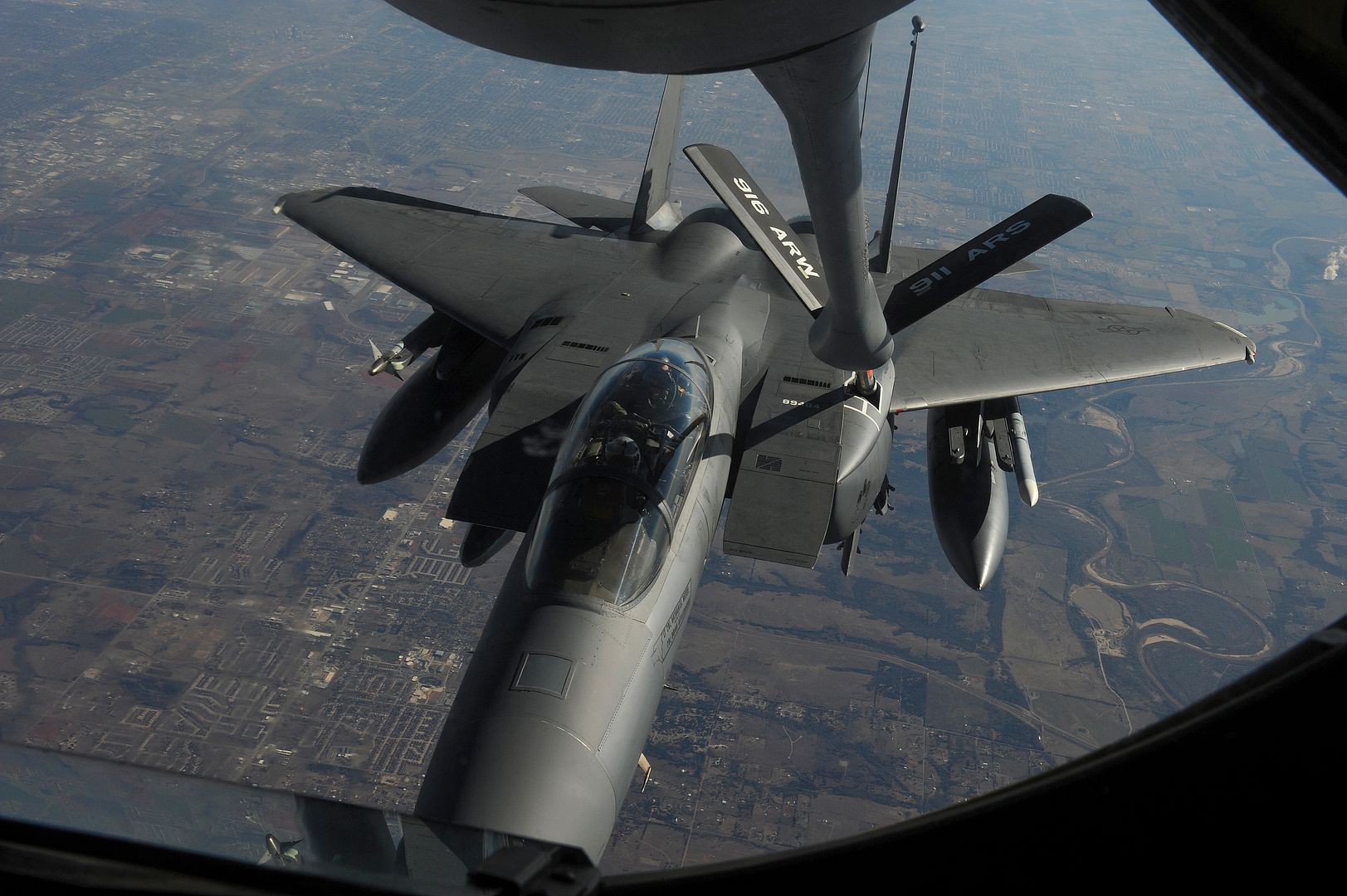
An AV-8B Harrier, assigned to Marine Attack Squadron (VMA) 231, hovers before landing on the flight deck of the forward-deployed amphibious assault ship USS Bonhomme Richard. Bonhomme Richard is currently deployed in the U.S. 7th Fleet area of operations. (U.S Navy photo by Mass Communication Specialist 3rd Class Cameron McCulloch/ Released)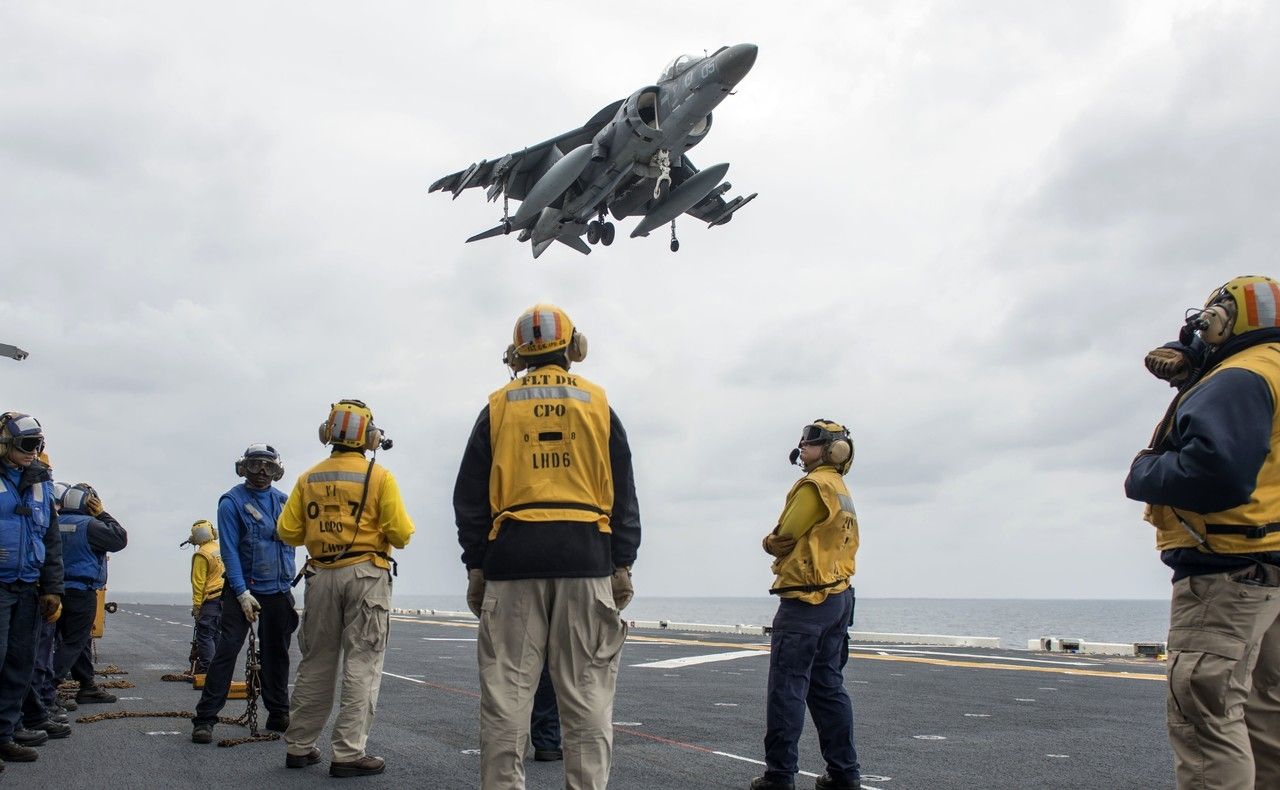
An AV-8B Harrier, assigned to Marine Medium Tiltrotor Squadron (VMM) 265, prepares to take off from the flight deck of the forward-deployed amphibious assault ship USS Bonhomme Richard (LHD 6) as a part of flight deck certification. Bonhomme Richard is currently deployed in the U.S. 7th Fleet area of operations. (U.S. Navy photo by Mass Communication Specialist 3rd Class Kevin V. Cunningham)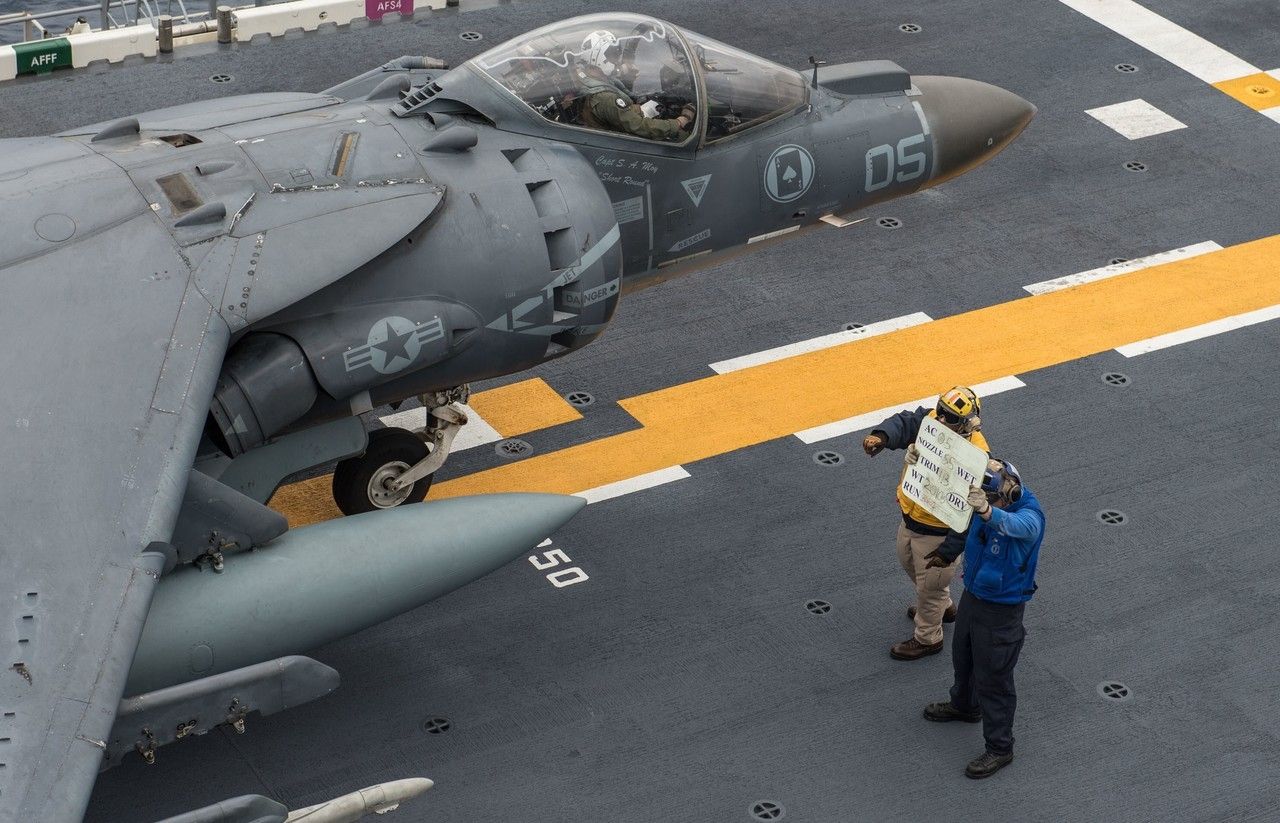
An AV-8B Harrier, assigned to Marine Medium Tiltrotor Squadron (VMM) 265, take off from the flight deck of the forward-deployed amphibious assault ship USS Bonhomme Richard (LHD 6) as a part of flight deck certification. Bonhomme Richard is currently deployed in the U.S. 7th Fleet area of operations. (U.S. Navy photo by Mass Communication Specialist 3rd Class Kevin V. Cunningham)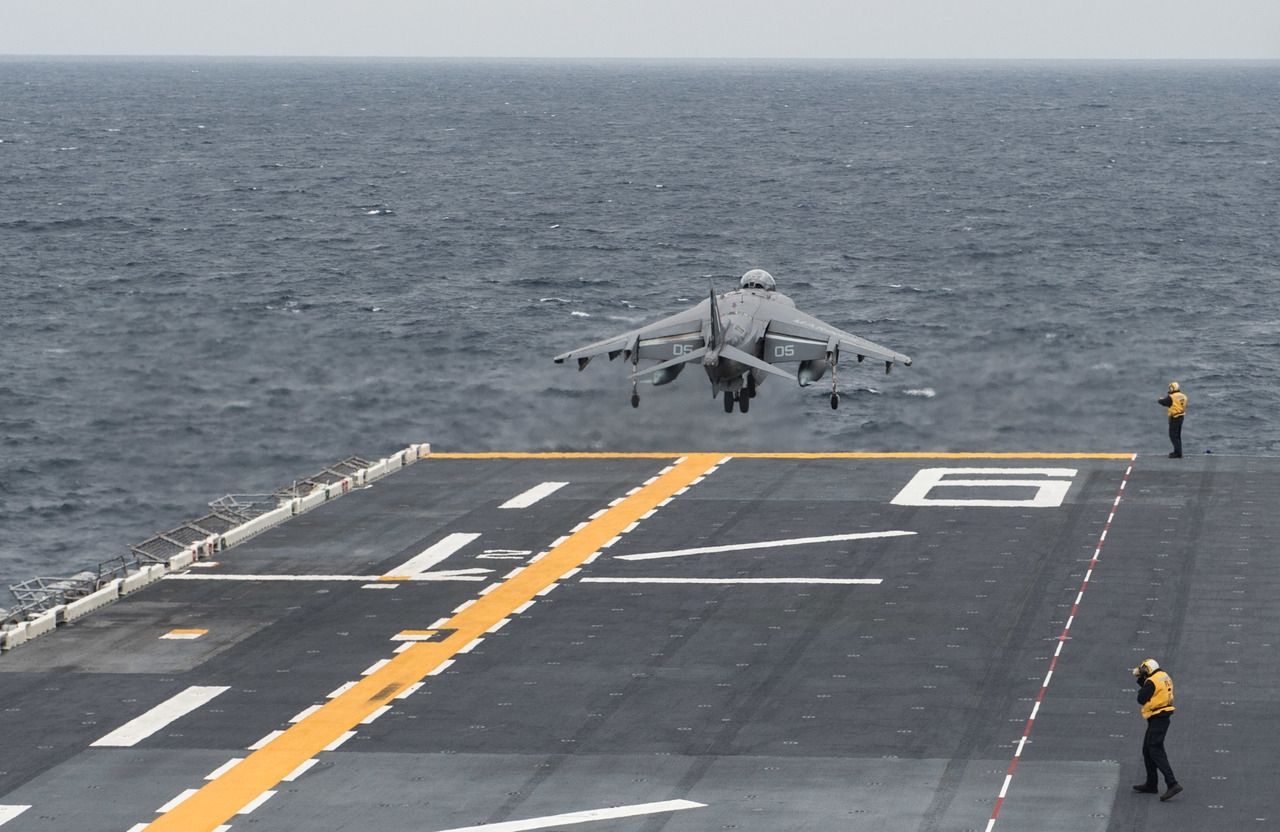
An AV-8B Harrier, assigned to Marine Medium Tiltrotor Squadron (VMM) 265, lands on the flight deck of the forward-deployed amphibious assault ship USS Bonhomme Richard (LHD 6) as a part of flight deck certification. Bonhomme Richard is currently deployed in the U.S. 7th Fleet area of operations. (U.S. Navy photo by Mass Communication Specialist 3rd Class Kevin V. Cunningham)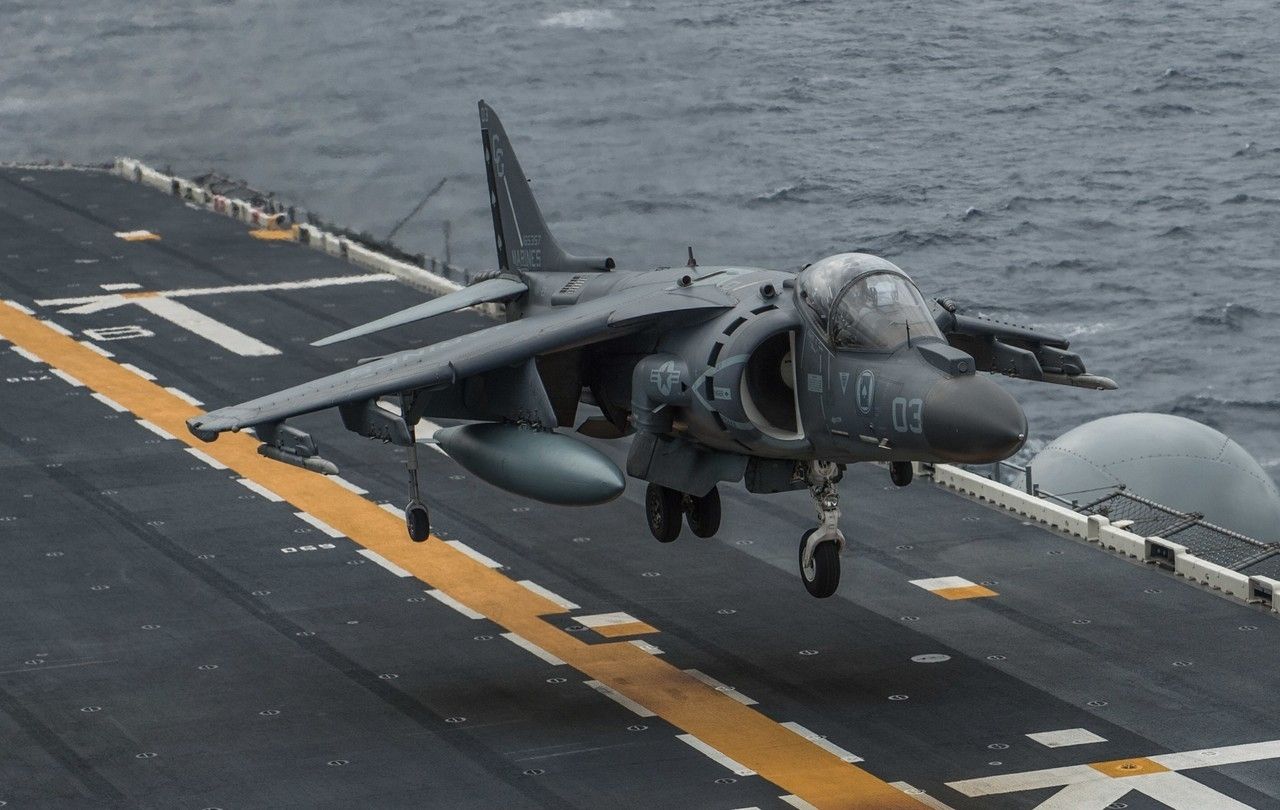
-
9 years agoThu Jan 29 2015, 06:05pm
 Main Admin28 January 2015
Main Admin28 January 2015
Aeroscopia is located adjacent to Toulouse-Blagnac Airport, putting it in proximity to Airbus? home location ? including the company?s headquarters and its A380, A350 XWB, A330 and A320 Family final assembly lines. This enables visitors to appreciate Airbus? current production activity while exploring aviation history at Aeroscopia.
The museum features a collection of iconic aircraft displayed in its exhibition hall and paved grounds, including an A300B ? the landmark widebody twin-engine jetliner that launched Airbus ? a ?Super Guppy? outsized transporter used by Airbus to carry aircraft components during the company?s early days, and an A?rospatiale-BAC Concorde supersonic passenger airliner.
?Airbus? contribution to Aeroscopia reflects the company's great fondness for celebrating its roots and its different phases of aircraft development and production over the years,? said Jacques Rocca, Airbus? Deputy Head of Media Relations and Heritage, who also is a member of the museum?s technical committee.
Manatour, the company that offers tours of Airbus? final assembly lines in Toulouse, manages Aeroscopia as well, Rocca explained, providing an exciting ?two-faceted? experience for aviation buffs ? with all tours of Airbus? Toulouse production facilities now starting at the museum.
?Visitors to the museum can tour the cabin and the cockpit of Aeroscopia?s passenger aircraft, and the Super Guppy's cargo hold has been outfitted with a video screen that features an aviation history film,? Rocca said. ?A section of the A300B's cabin also has transparent walls and flooring, which provides an excellent view of the aircraft's systems.?
Airbus is a major partner in the new museum ? joining together with the city of Blagnac, as well as several local associations to support Aeroscopia, which aims to preserve aeronautical history and generate interest in aviation, science and technology.
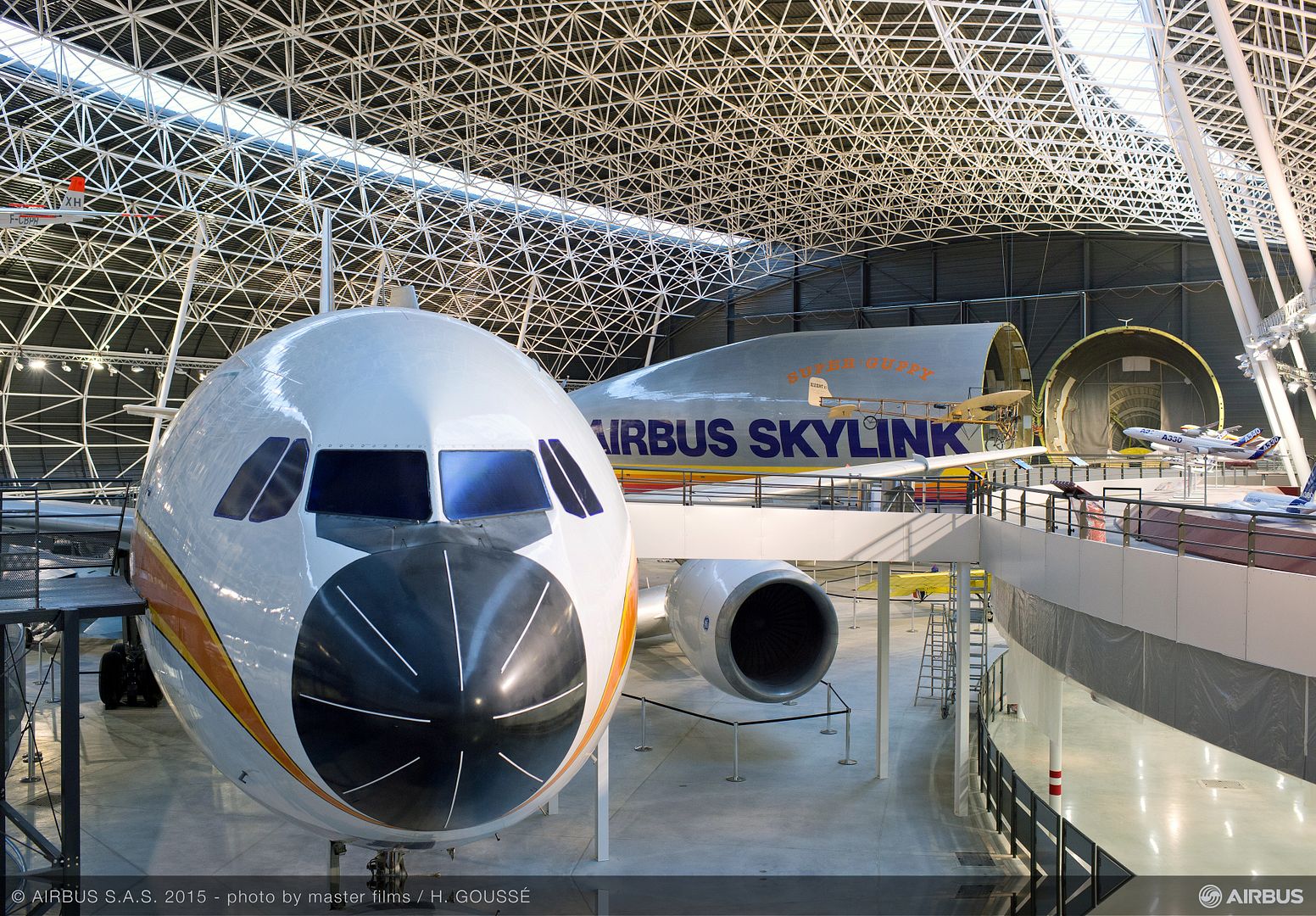
1/28/2015 - An F-16 Fighting Falcon assigned to the 79th Fighter Squadron, Shaw Air Force Base, S.C., launches during Red Flag 15-1 at Nellis Air Force Base, Nev., Jan. 26, 2015. Red Flag is a realistic combat training exercise involving the air, space and cyber forces of the U.S. and its allies, and is conducted on the vast bombing and gunnery ranges on the Nevada Test and Training Range. (U.S. Air Force photo by Staff Sgt. Siuta B. Ika)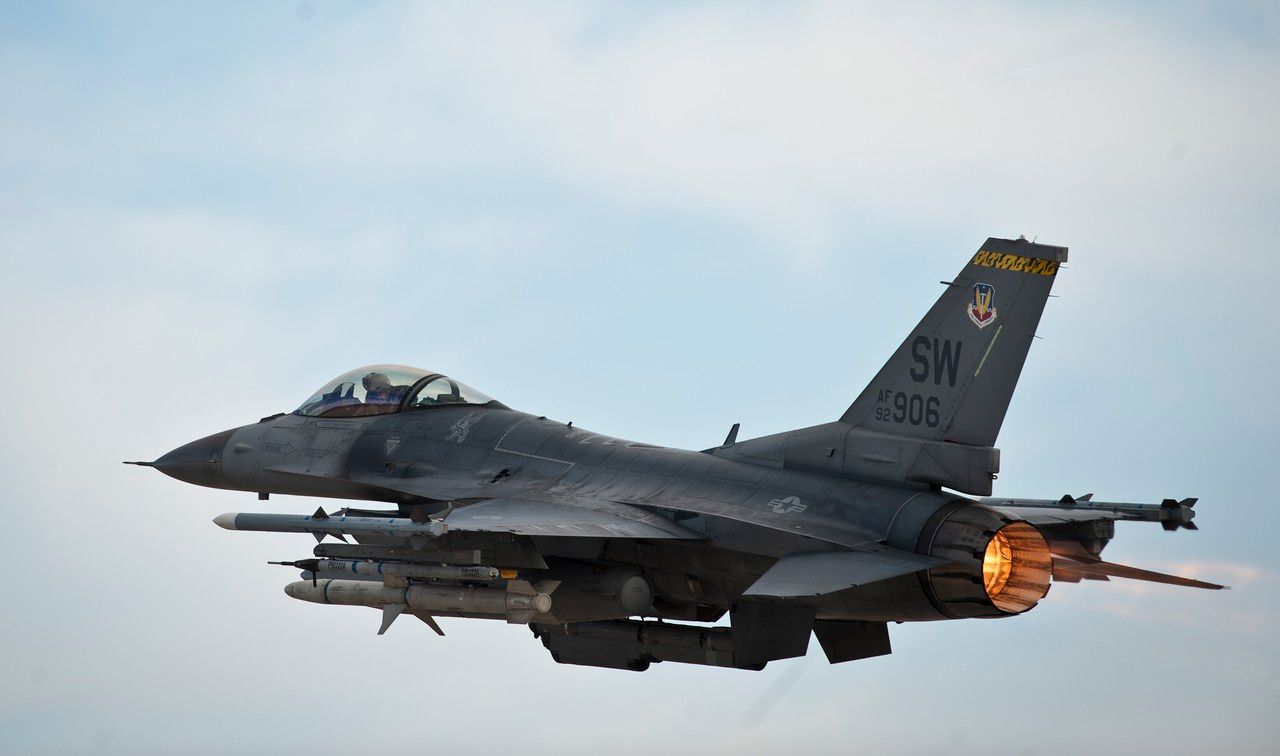
1/28/2015 - A U.S. Air Force F-16 Fighting Falcon assigned to the 555th Fighter Squadron from Aviano Air Base, Italy, takes off during Red Flag 15-1 at Nellis Air Force Base, Nev., Jan. 26, 2015. Red Flag provides combat training in a degraded and operationally limited environment making the training missions as realistic as possible. (U.S. Air Force photo by Senior Airman Thomas Spangler)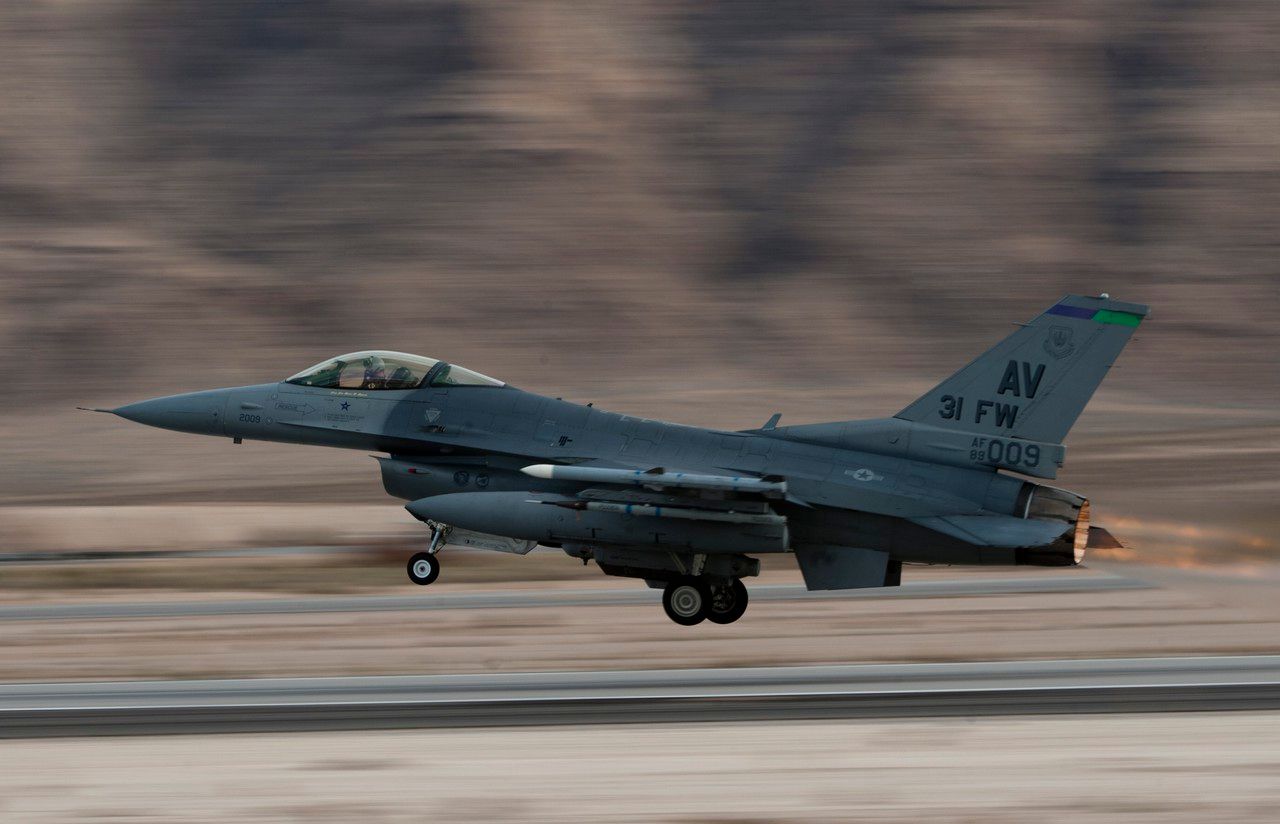
1/28/2015 - An F-16 Fighting Falcon assigned to the 555th Fighter Squadron, Aviano Air Base, Italy, launches during Red Flag 15-1 at Nellis Air Force Base, Nev., Jan. 26, 2015. Red Flag provides a series of intense air-to-air scenarios for aircrew and ground personnel to increase their combat readiness and effectiveness for future real-world operations. (U.S. Air Force photo by Staff Sgt. Siuta B. Ika)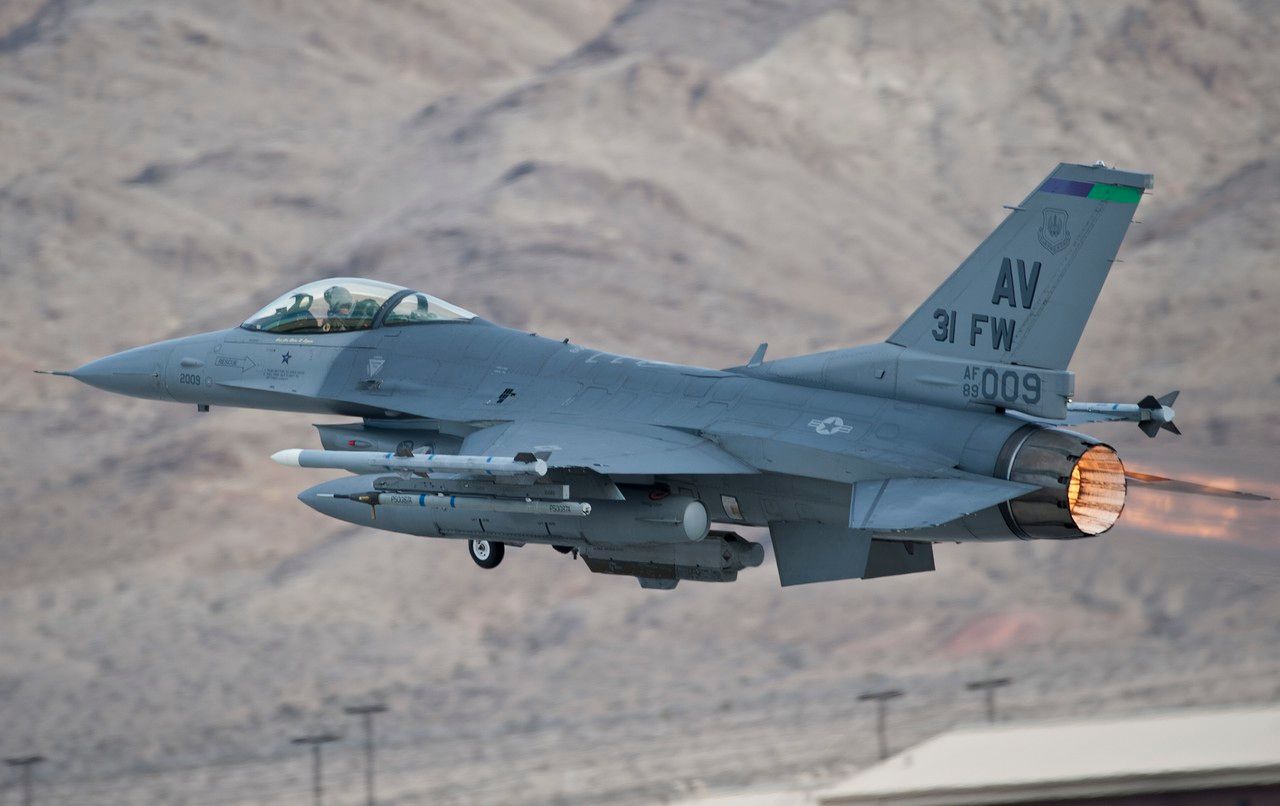
1/28/2015 - An F-16 Fighting Falcon assigned to the 134th Fighter Squadron, Burlington Air National Guard Base, Burlington, Vt., launches during Red Flag 15-1 at Nellis Air Force Base, Nev., Jan. 26, 2015.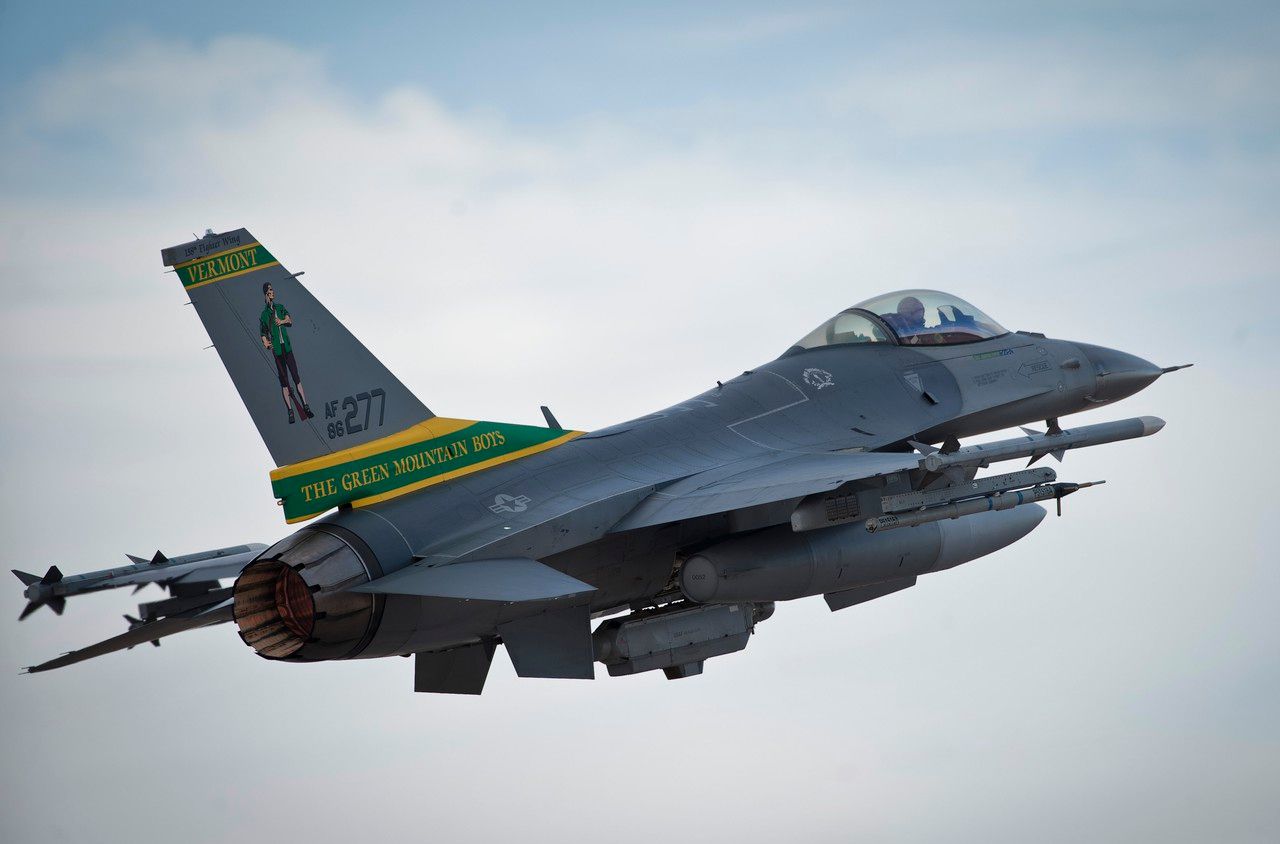
1/28/2015 - An F-16 Fighting Falcon assigned to the 175th Fighter Squadron, Joe Foss Air National Guard Station, Sioux Falls, S.D., taxis on the flightline after a training mission during Red Flag 15-1 at Nellis Air Force Base, Nev., Jan. 27, 2015. Red Flag is an exercise that provides aircrews the opportunity to experience realistic, stressful combat situations in a controlled environment. (U.S. Air Force photo by Senior Airman Thomas Spangler)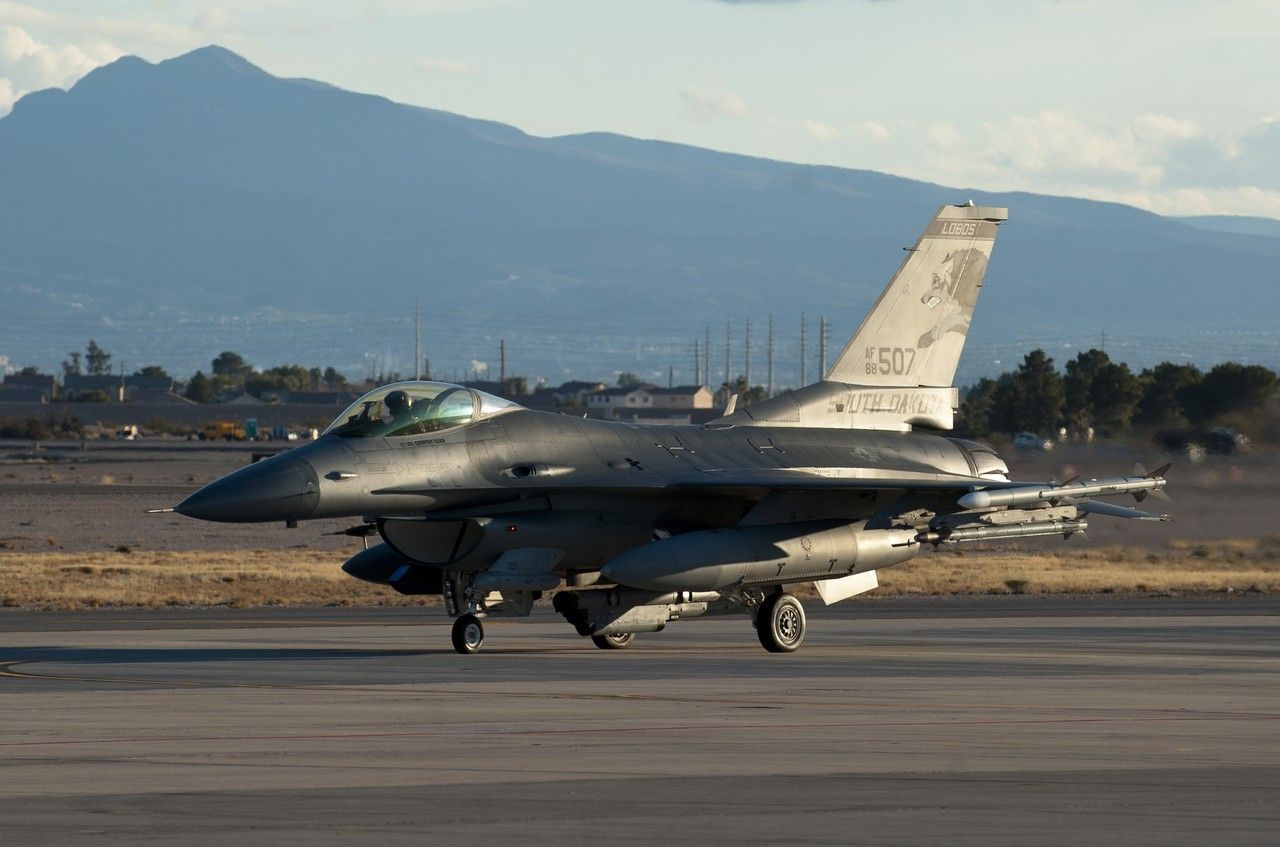
23-01-2015 / AN?70 adopted by Armed Forces of Ukraine
On January 22, 2015, handing of the Order of Ministry of Defense of Ukraine about adoption of the AN?70 military STOL transport by Armed Forces of Ukraine took place at ANTONOV Company. In the enclosure to the order the AN?70 is noted as a transport aircraft of Armed Forces of Ukraine. It is intended for aerial delivery, air transportation of troops and tangible assets, provision of maneuvers and troop?s activity and decisions of special tasks.
Decision about adoption was taken basing on results of tests on the program of Joint State Tests of the AN?70. The act on those results was approved on June 11, 2014. As Mr. Pakholchenko, leading test pilot of State scientific test centre of Armed Forces of Ukraine, noted: ?The AN?70 is easy to be piloted at all difficult flight areas, including short take?off and landing. Optimal ergonomic decisions, applied in the crew cockpit, allow teaching an average pilot flying rather easy. The aircraft forgives pilot lots of things, fixing some of his errors, and differs with high reliability. The AN?70 is the best aircraft I used to pilot!?
Mr. Kiva, President ? General Designer of the ANTONOV Company, noted that before final stage of Joint State Tests were works on deep modernization of the AN?70 board equipment and power plant. As a result the AN?70 saved advantages over analogous aircraft, including A 400M European aircraft.
Adoption of the AN?70 allows starting up this aircraft serial production and developing its different modifications.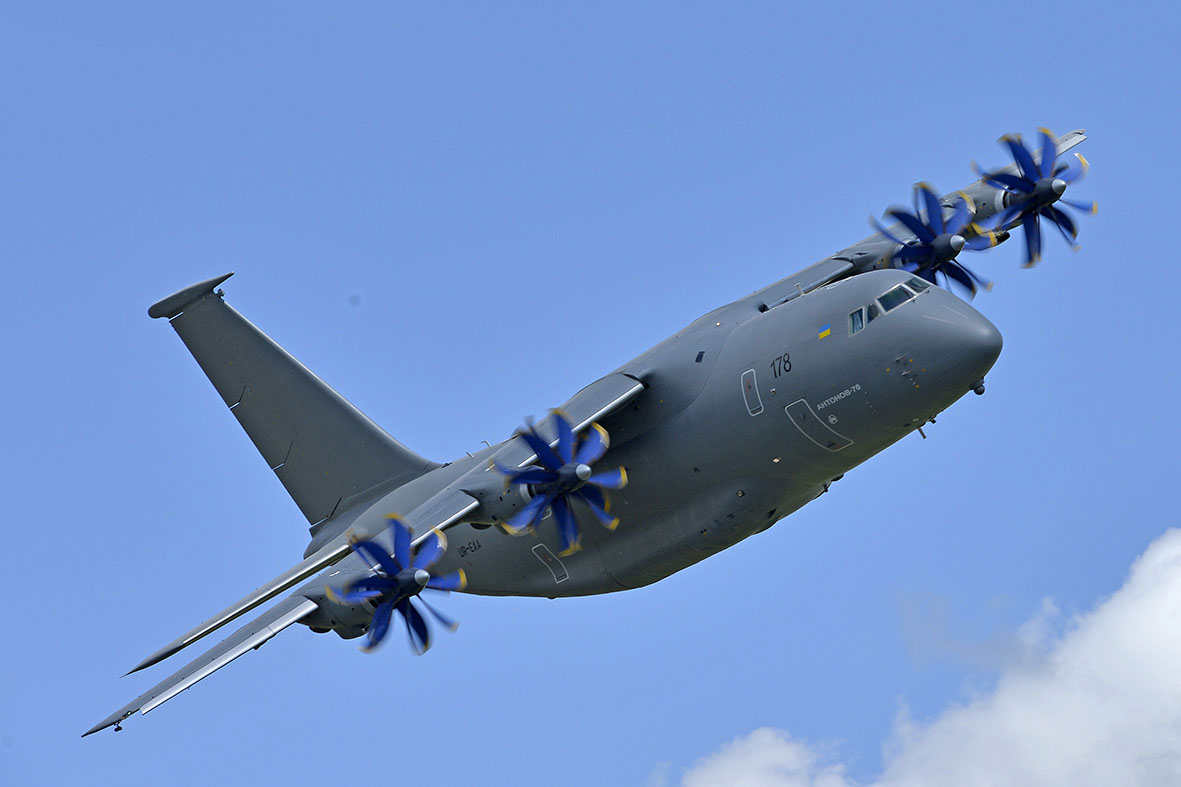
-
 Main AdminJAN 29 Duxford England
Main AdminJAN 29 Duxford England
Squadron Leaders Dunc Mason and Andy Millikin went to the Aircraft Restoration Company at Duxford yesterday to see the BBMF's Mk Vb Spitfire AB910. She has been undergoing a major service. Dunc ran her engine and carried out some preliminary checks prior to the forthcoming airtest. Once this is complete, AB will return to RAF Coningsby for the 2015 Display Season.
FROM HERE - https://www.facebook.com/BBMF.Official?fref=photo
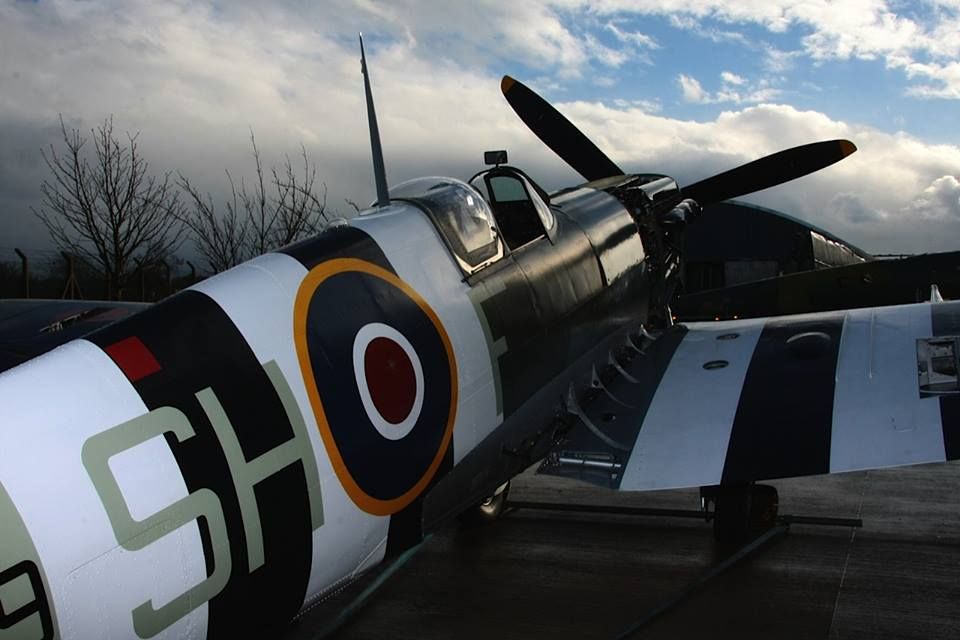
Stunning restoration.
A U.S. Marine Corps CH-53E Super Stallion helicopter prepares to land during Integrated Training Exercise 2-15 at Marine Corps Air Ground Combat Center Twentynine Palms (MCAGCC), Calif., Jan. 25, 2015. MCAGCC conducts relevant live-fire combined arms training, urban operations, and joint/coalition level integration training that promotes operational forces' readiness. (U.S. Air Force photo by Master Sgt. John R. Nimmo Sr./Released)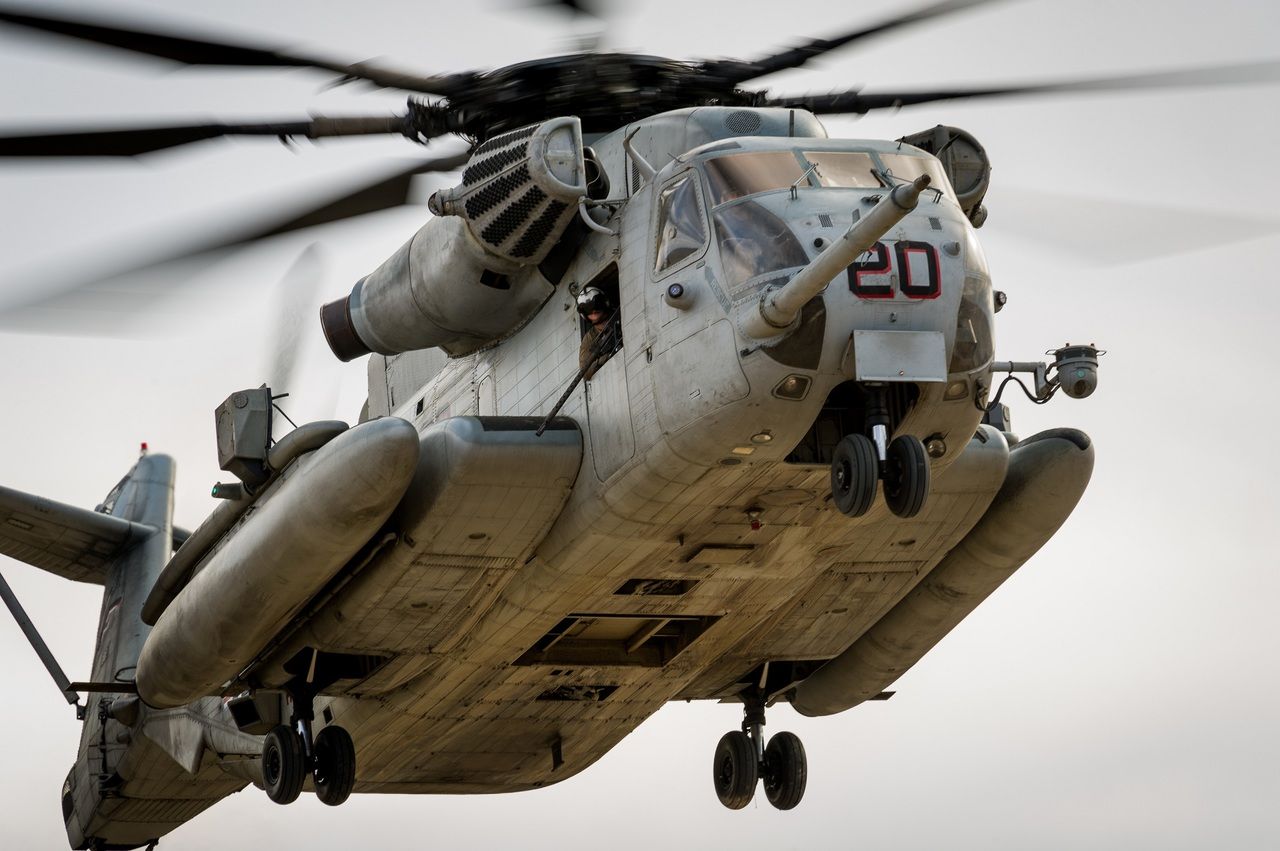
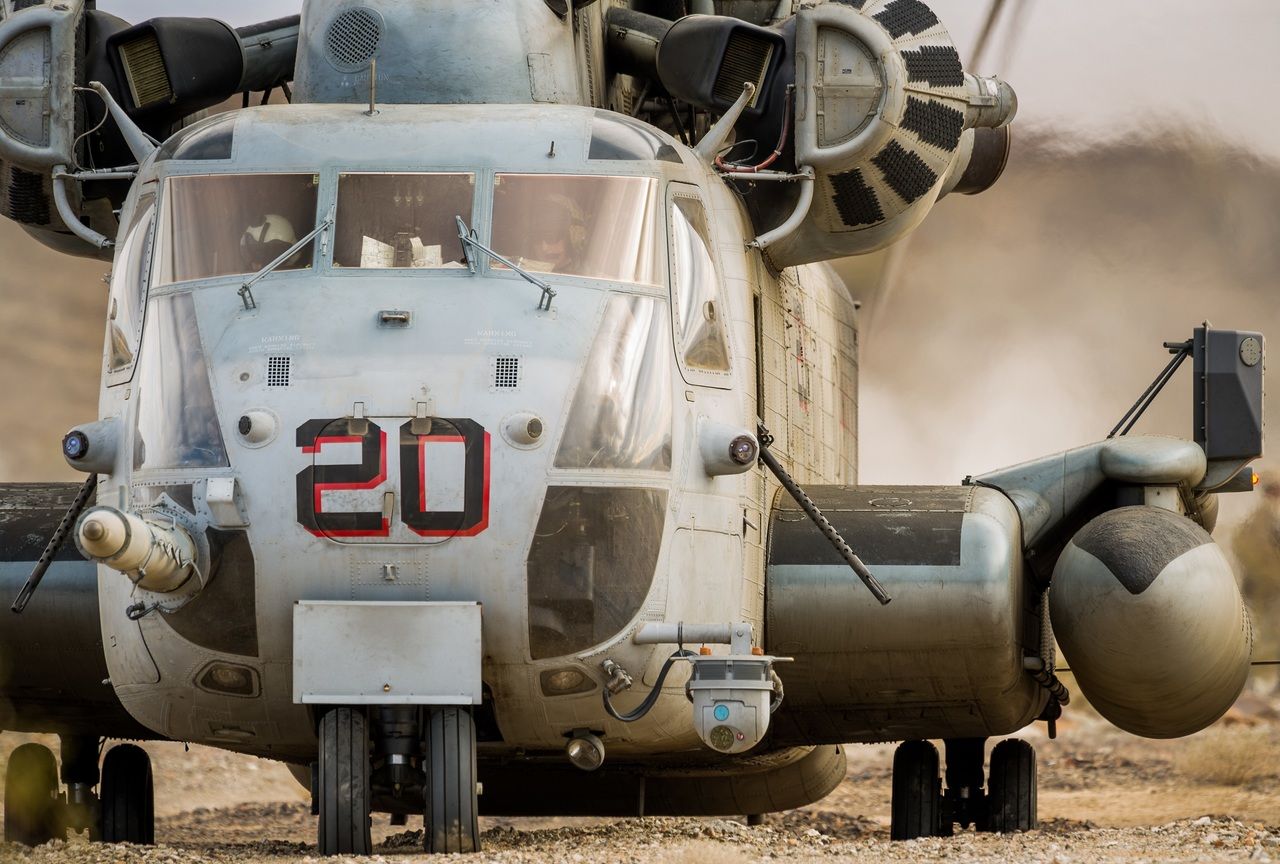
U.S. Soldiers of 2nd Battalion, 159th Aviation Regiment, 12th Combat Aviation Brigade conduct forward arming and refueling point operations with a AH-64D Apache Longbow helicopter during exercise Allied Spirit at the Joint Multinational Readiness Center in Hohenfels, Germany, Jan. 25, 2015. Exercise Allied Spirit includes more than 2,000 participants from Canada, Hungary, Netherlands, United Kingdom, and the U.S. Allied Spirit is exercising tactical interoperability and testing secure communications within alliance members. (U.S. Army photo by Spc. Justin De Hoyos/Released)
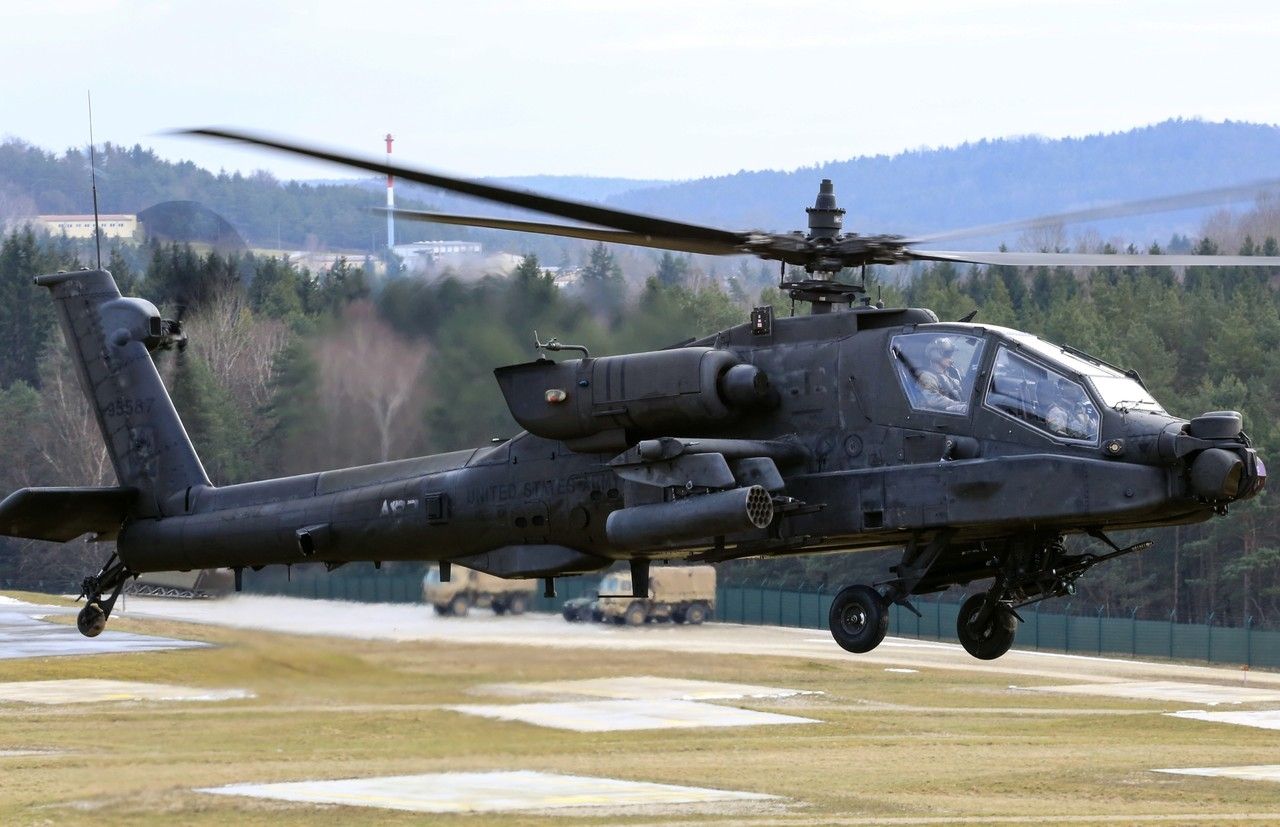
ATLANTIC OCEAN (Jan. 25, 2015) An F/A-18F Super Hornet assigned to the Red Rippers of Strike Fighter Attack Squadron (VFA) 11 prepares to launch from the flight deck of the aircraft carrier USS Theodore Roosevelt (CVN 71). Theodore Roosevelt is underway participating in composite training unit exercise, which tests the Theodore Roosevelt Carrier Strike Group's ability to effectively react to real-world scenarios and perform as an integrated unit. (U.S. Navy photo by Mass Communication Specialist 3rd Class Anthony N. Hilkowski/Released)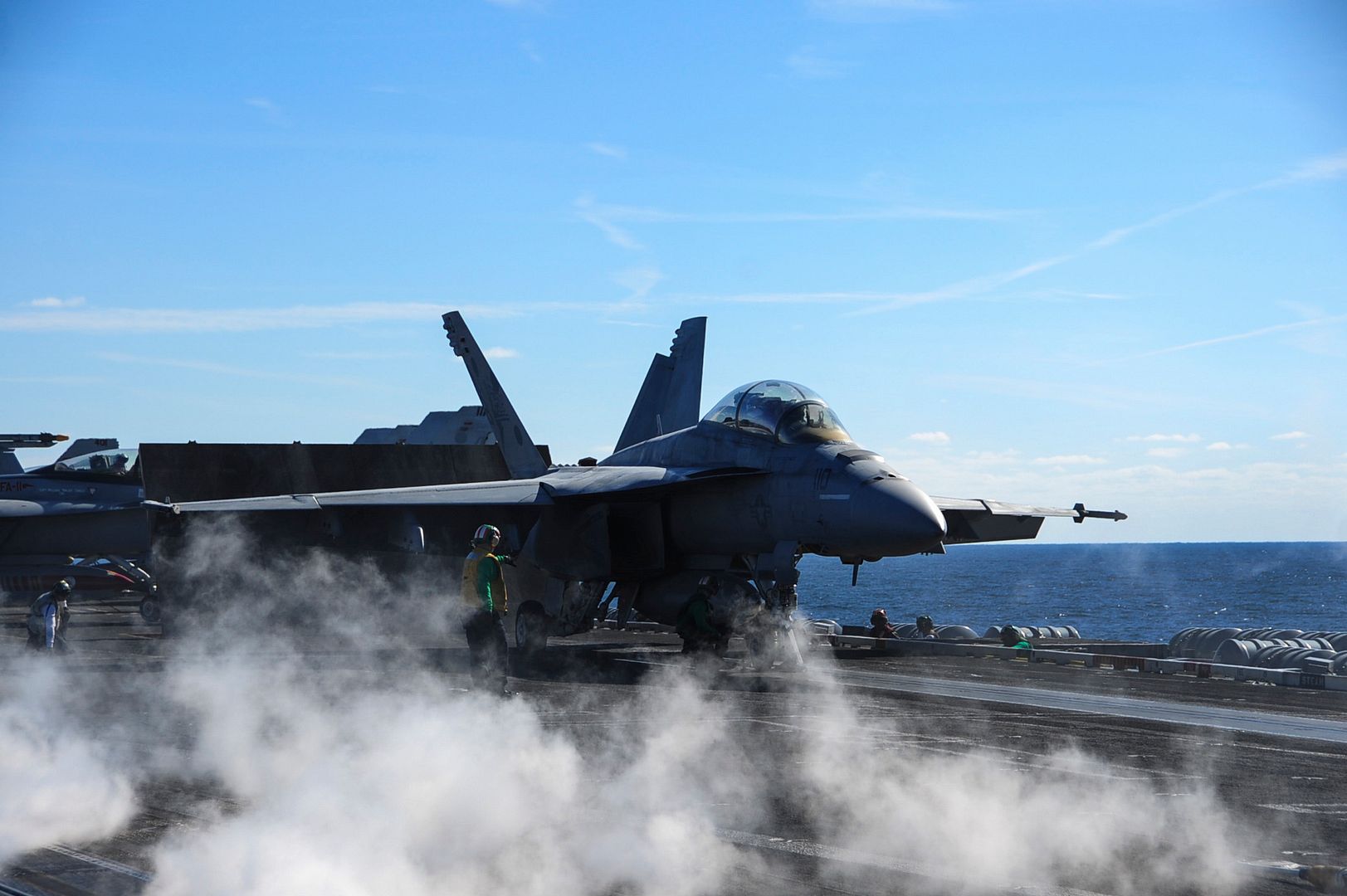
Two Bangladesh Air Force F-7BG Defenders from 5th Squadron, BAF Base Bangabandhu, escort a U.S. C-130H Hercules from the 374th Airlift Wing, Yokota Air Base, Japan, during Exercise Cope South near Kishoreganj, Bangladesh, Jan. 28, 2015. Cope South is a Pacific Air Forces-sponsored, bilateral tactical airlift exercise conducted in Bangladesh, with a focus on cooperative flight operations, day and night low-level navigation, tactical airdrop, and air-land missions as well as subject-matter expert exchanges in the fields of operations, maintenance and rigging disciplines. (U.S. Air Force photo by 1st Lt. Jake Bailey/Released)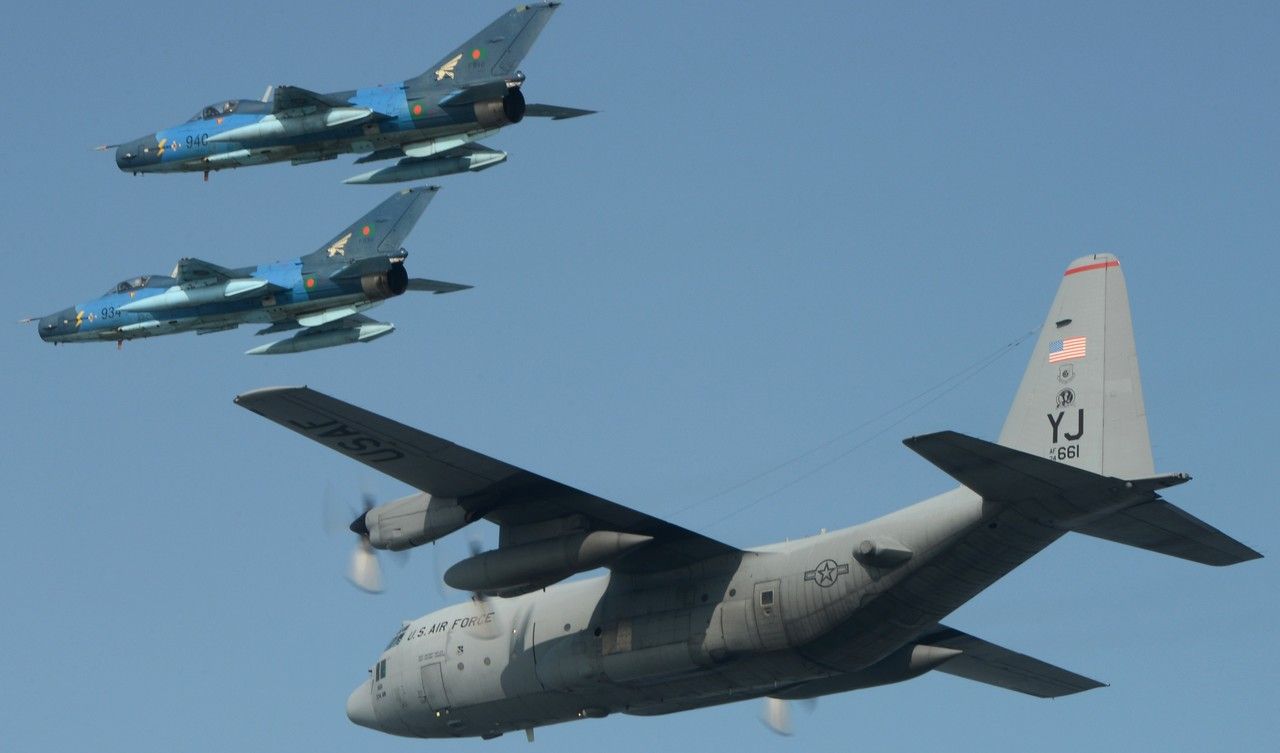

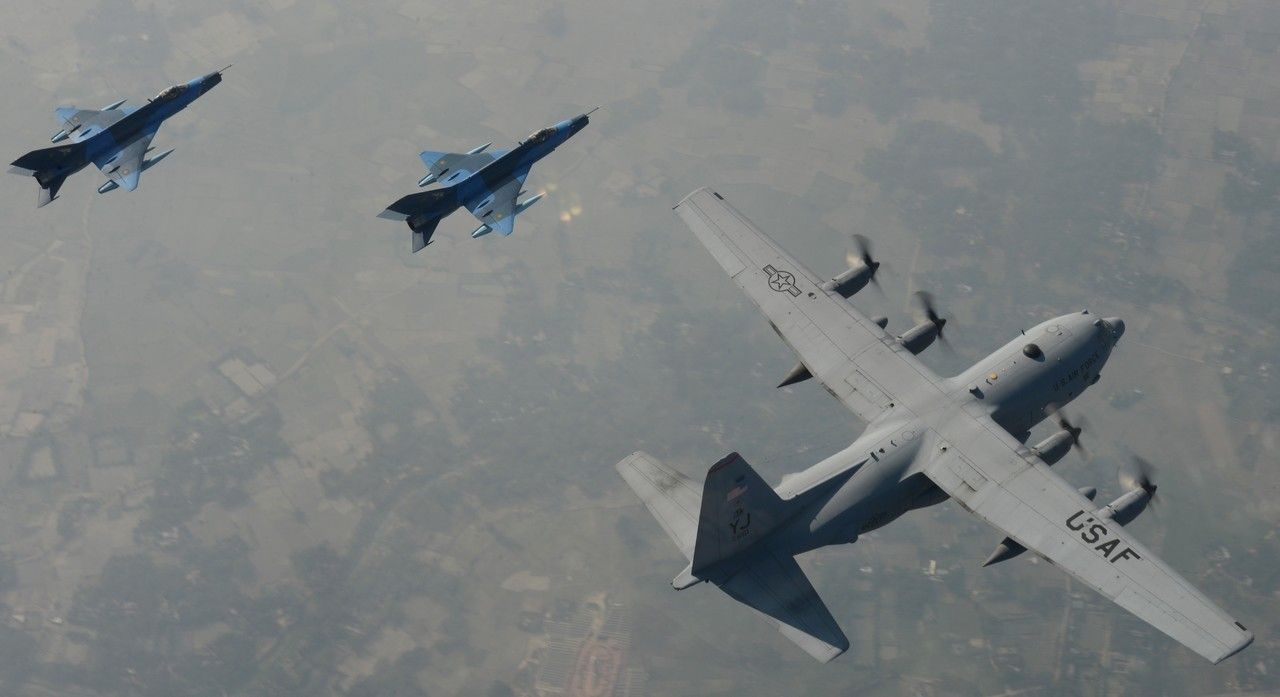
SEATTLE, Jan 30, 2015 ? Boeing [NYSE:BA] and All Nippon Airways (ANA) today announced the airline?s intent to purchase three 787-10 Dreamliners to add additional flexibility to the airline?s 787 fleet. In addition, ANA announced an order for five Next-Generation 737-800s to bolster the airline?s growing narrow-body fleet.
This image shows a 787-10 in ANA livery.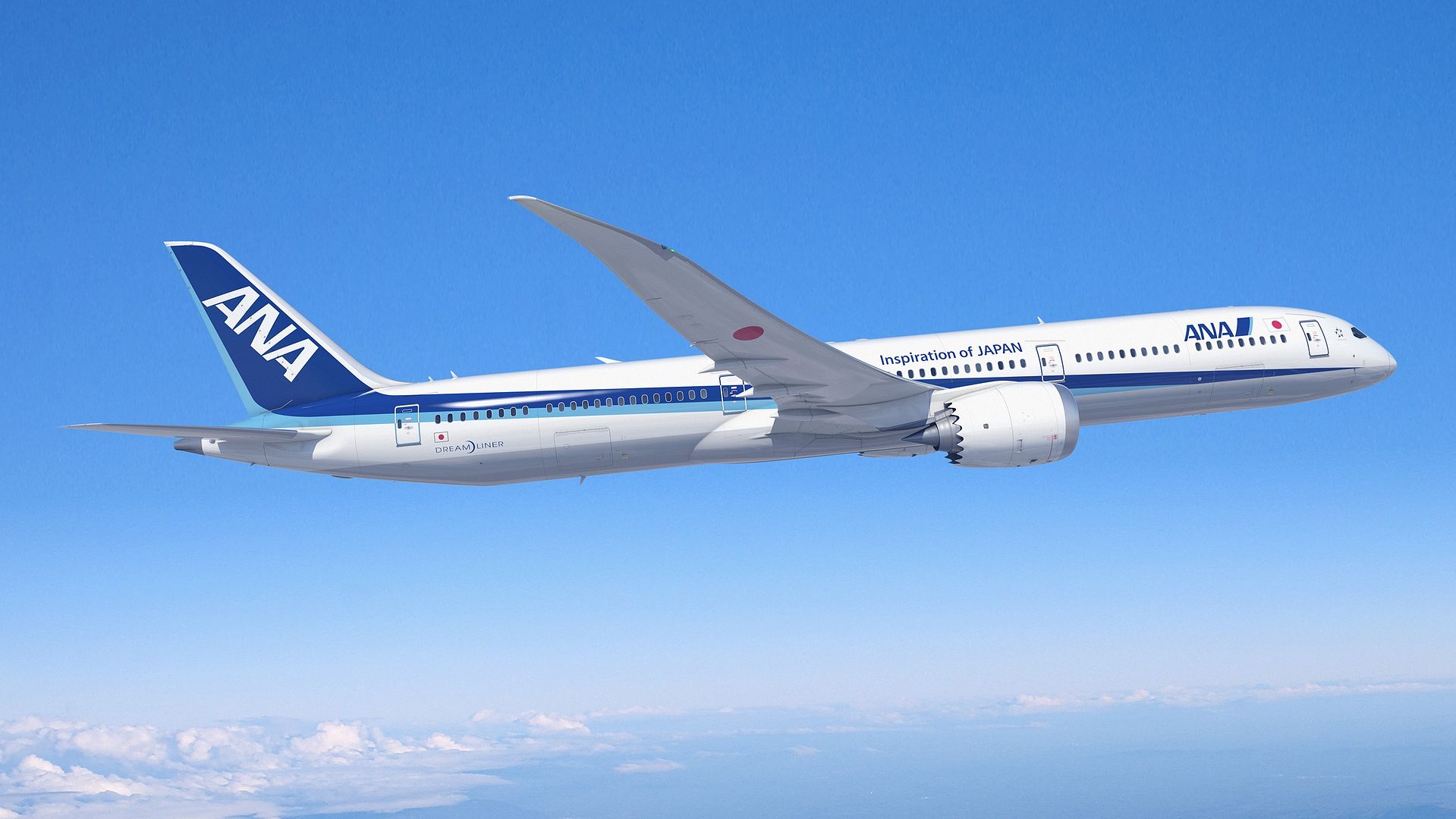
At the same time!
ANA Holdings has ordered seven more A321 aircraft (four A321ceo with Sharklets and three A321neo), in addition to the firm order for 30 A320neo Family (seven A320neo and 23 A321neo) placed in July 2014.
The latest agreement brings ANA?s total order for the A320 Family to 37 aircraft which will gradually replace its existing single aisle fleet. ANA will be the first Japanese operator of both Sharklet-equipped A321ceo and A321neo.
?We are extremely pleased that such a prestigious airline as Japan?s ANA, has placed repeat orders for our A320 Family aircraft. By selecting our single-aisle aircraft, ANA is investing in the best in class, securing excellent cabin comfort as well as operational efficiency for its future,? said John Leahy, Airbus Chief Operating Officer Customers.
-
 Main Admin
Main Admin -
9 years agoTue Feb 03 2015, 08:08pm
 Main AdminSEATTLE, Jan. 30, 2015 -- Boeing (NYSE: BA) and Okay Airways today celebrated the delivery of the carrier?s first Next-Generation 737-900ER (Extended Range). The delivery marks the first 737-900ER to be delivered to a Chinese customer and is the first of eight 737-900ERs that Okay Airways has on order.
Main AdminSEATTLE, Jan. 30, 2015 -- Boeing (NYSE: BA) and Okay Airways today celebrated the delivery of the carrier?s first Next-Generation 737-900ER (Extended Range). The delivery marks the first 737-900ER to be delivered to a Chinese customer and is the first of eight 737-900ERs that Okay Airways has on order.
EVERETT, Wash., Feb. 1, 2015 ? Boeing (NYSE:BA) and Scoot Airlines today announced the delivery of the airline's first 787 Dreamliner. The airplane will play a key role in the low-cost long-haul carrier?s strategic plan to expand its long-haul fleet. Pictured here, Scoot?s newly delivered 787-9 takes off from Paine Field in Everett, Wash.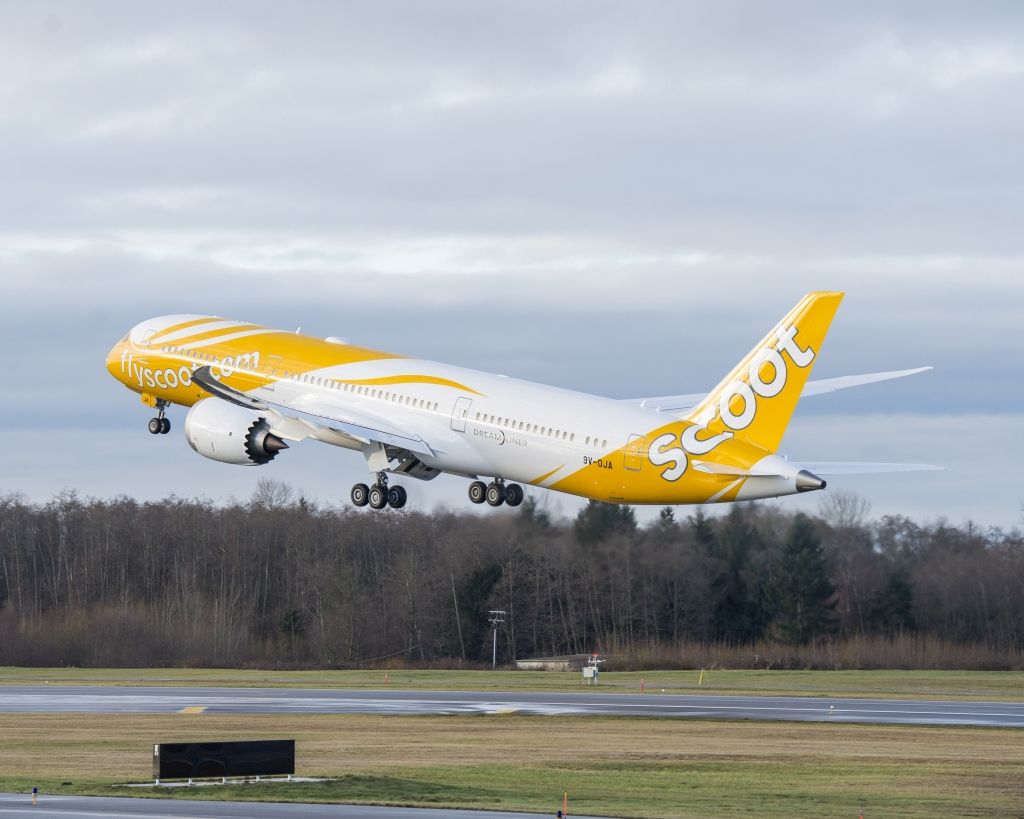
2/2/2015 - Liberty Airmen from the 492nd Aircraft Maintenance Unit check over the F-15E Strike Eagle to ensure it is ready for take-off at Los Llanos Air Base, Spain, Jan. 29, 2015. The 492nd Fighter Squadron was in Spain as part of the 2015 Tactical Leadership Programme that was cut short as a result of an aircraft crash on Jan. 26, 2015. (U.S. Air Force photo by Airman 1st Class Erin R. Babis/Released)
U.S. Air Force pilots from the 514th Flight Test Squadron, Hill Air Force Base, Utah, maneuver alongside a 151st Air Refueling Wing KC-135 while waiting to receive fuel, Jan. 29, during a training mission near a range in Utah. The 151st ARW routinely supports air operations across the western United States. (U.S. Air Force photo by Senior Airman Spencer Kennedy)(released)
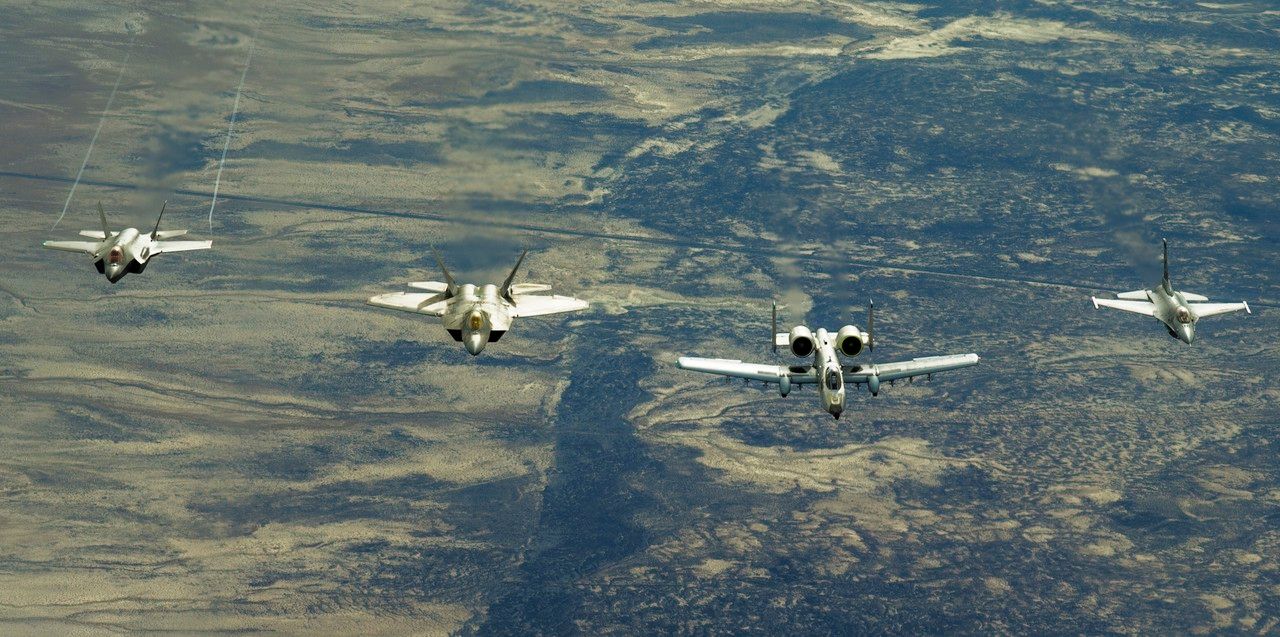
An F-35 endures freezing temperatures in the 96th Test Wing's McKinley Climatic Laboratory at Eglin Air Force Base, Fla., Jan. 27. The joint strike fighter has undergone four months of climate testing in the lab to certify the fleet to deploy to any corner of the world. (U.S. Air Force photo/Samuel King Jr.)
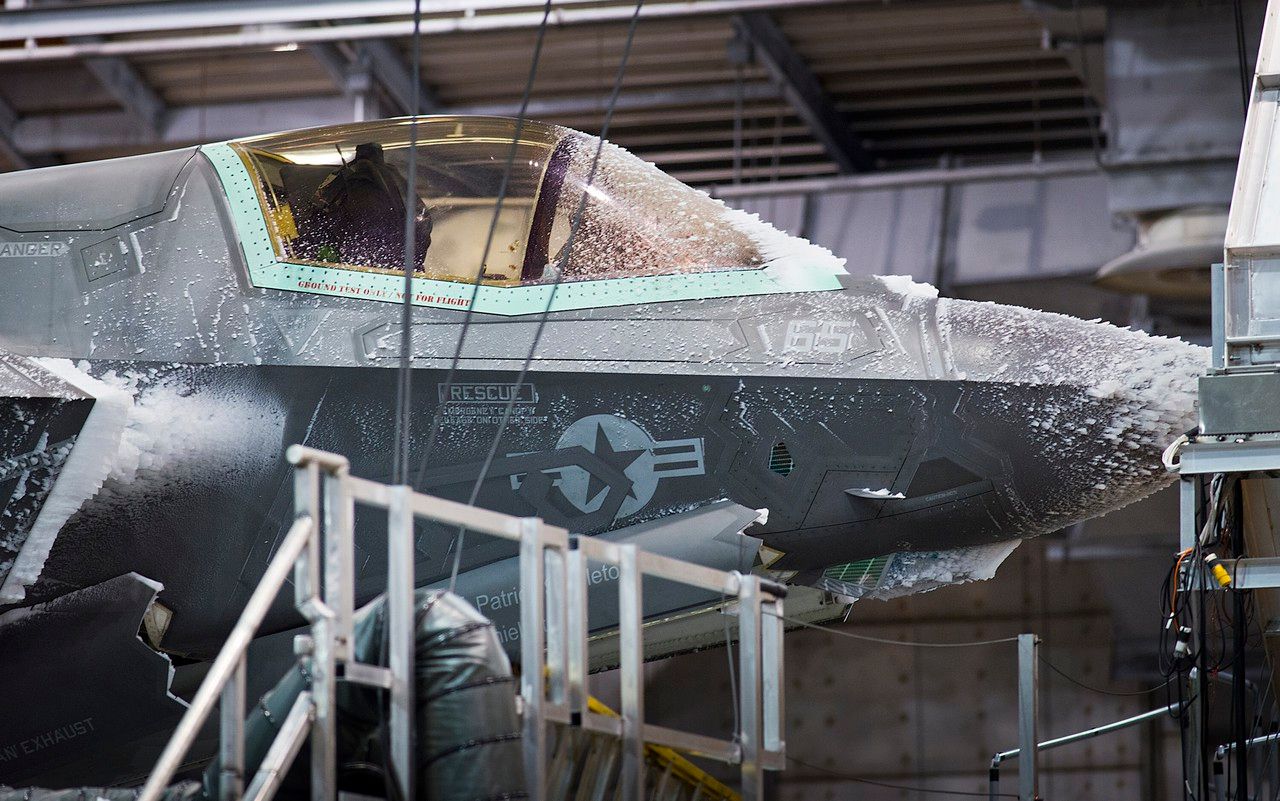
PACIFIC OCEAN (Jan. 31, 2015) Lt. Rafael Andrade signals to launch a T-45C Goshawk training aircraft on the flight deck of the Nimitz-class aircraft carrier USS John C. Stennis (CVN 74). John C. Stennis is undergoing an operational training period in preparation for future deployments. (U.S. Navy photo by Mass Communication Specialist Seaman Christopher Frost/Released)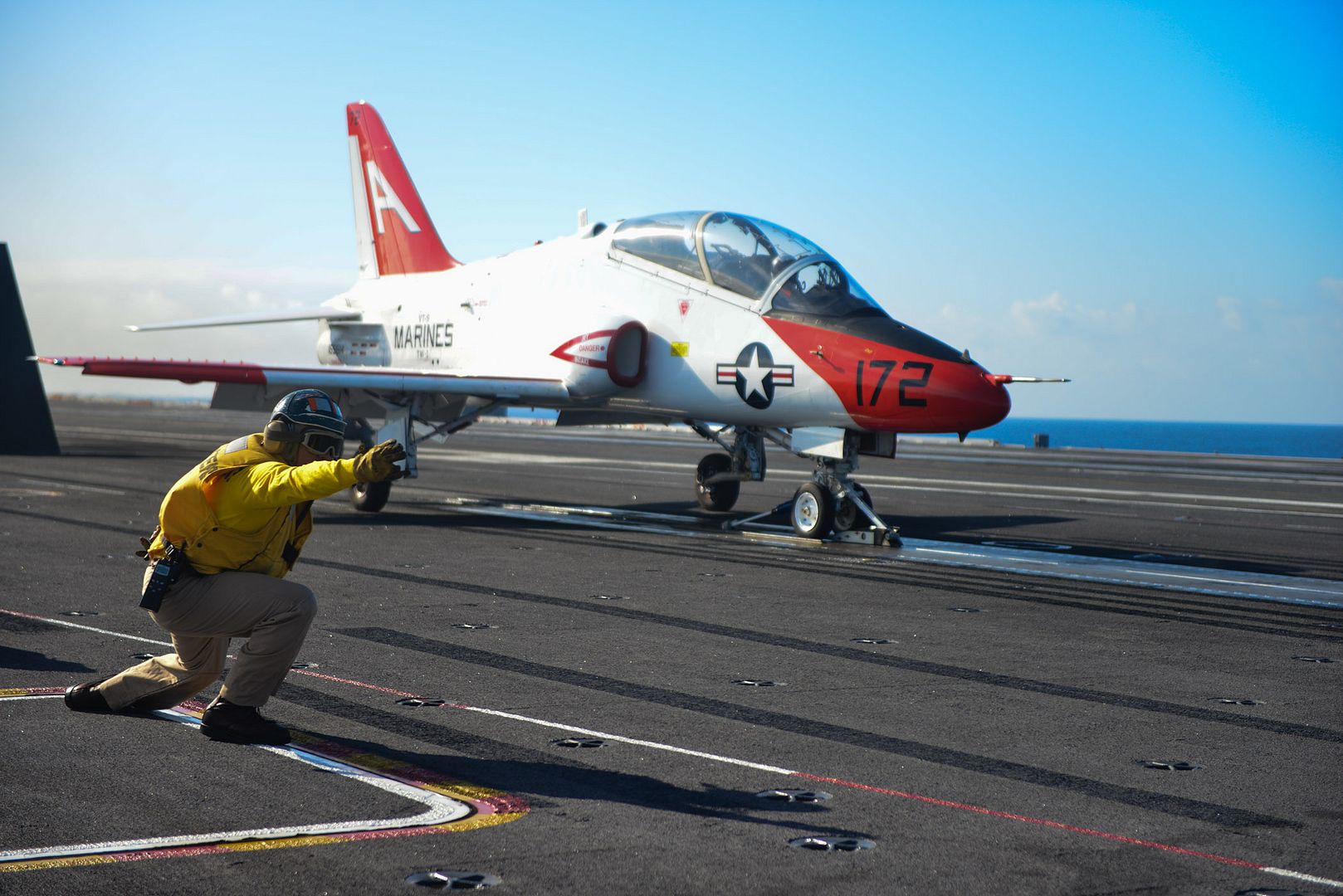
S?o Jos? dos Campos - SP, February 3, 2015 - Embraer today successfully performed the first flight of the new military transport and aerial refueling jet, the KC-390. Test pilots Mozart Louzada and Marcos Salgado de Oliveira Lima and flight test engineers Raphael Lima and Roberto Becker flew the aircraft for 1 hour and 25 minutes, conducting an evaluation of flying qualities and performance.
?This first flight is a fundamental step toward accomplishing the task with which we were entrusted. The KC-390 is the result of a close cooperation with the Brazilian Air Force and international partners, representing what is most likely the greatest technological challenge that the Company has ever encountered in its history. We are profoundly moved for having achieved this key milestone?, said Frederico Fleury Curado, President and CEO of Embraer.
?The program continues to move forward as planned and the KC-390 has drawn interest from several countries around the world?, said Jackson Schneider, President and CEO of Embraer Defense & Security. ?We are proud to once again keep our commitments in the development of this aircraft, which will set a new standard in the category of tactical military transport.?
?The KC-390 will be the backbone of transport aviation for the Brazilian Air Force. From the Amazon to Antarctica, the fleet of 28 aircraft will play a key role in the diversity of projects of the Brazilian State, from scientific research to the maintenance of sovereignty?, said Aeronautics Commander, Lieutenant-Brigadier General Nivaldo Luiz Rossato.
On its maiden flight, the KC-390 crew performed maneuvers to evaluate its flight characteristics and conducted a variety of systems tests, having benefited from an advanced campaign of simulations and extensive ground tests. ?The KC-390 behaved in a docile and predictable manner,? said Captain Louzada. ?The advanced fly-by-wire flight control system and the latest-generation avionics make flying easy and render a smooth and precise flight.?
-
9 years agoThu Feb 05 2015, 08:52pm
 Main AdminJordanian Air Force fighter jets fly over the village of Ai as Jordanian King Abdullah II visits to offer his condolences to the tribe of the slain Jordanian pilot, Lt. Muath al-Kaseasbeh at their home village near Karak, Jordan, Thursday, Feb. 5, 2015. Jordan's king vowed to wage a "harsh" war against the Islamic State group after the militants burned a captive Jordanian pilot in a cage and released a video of the killing. (AP Photo/Nasser Nasser)
Main AdminJordanian Air Force fighter jets fly over the village of Ai as Jordanian King Abdullah II visits to offer his condolences to the tribe of the slain Jordanian pilot, Lt. Muath al-Kaseasbeh at their home village near Karak, Jordan, Thursday, Feb. 5, 2015. Jordan's king vowed to wage a "harsh" war against the Islamic State group after the militants burned a captive Jordanian pilot in a cage and released a video of the killing. (AP Photo/Nasser Nasser)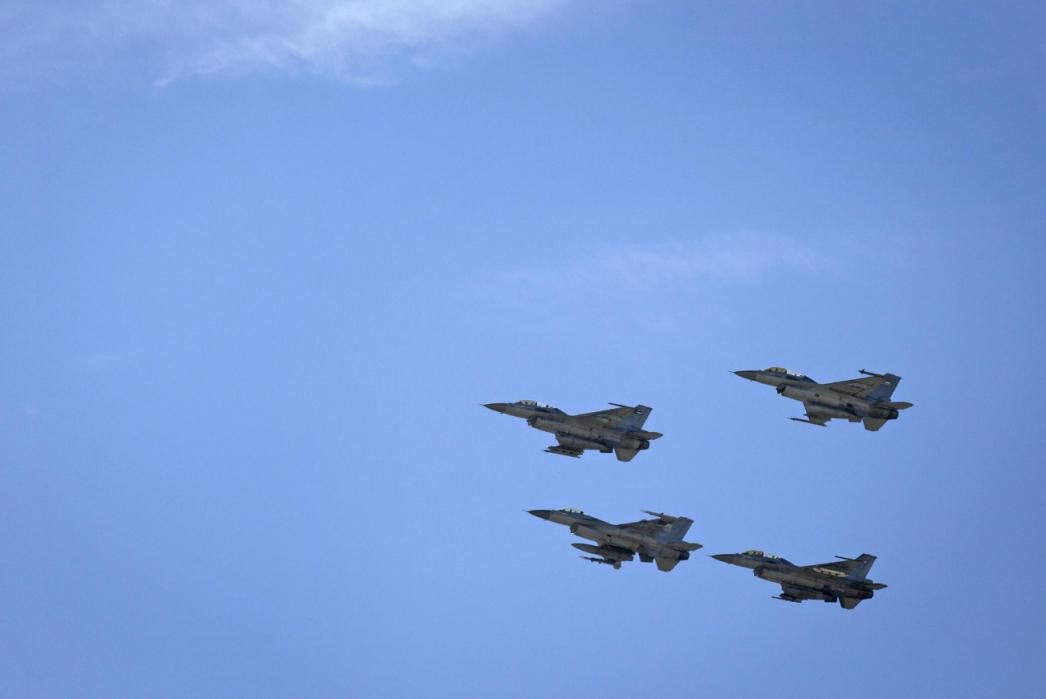
RED FLAG 2015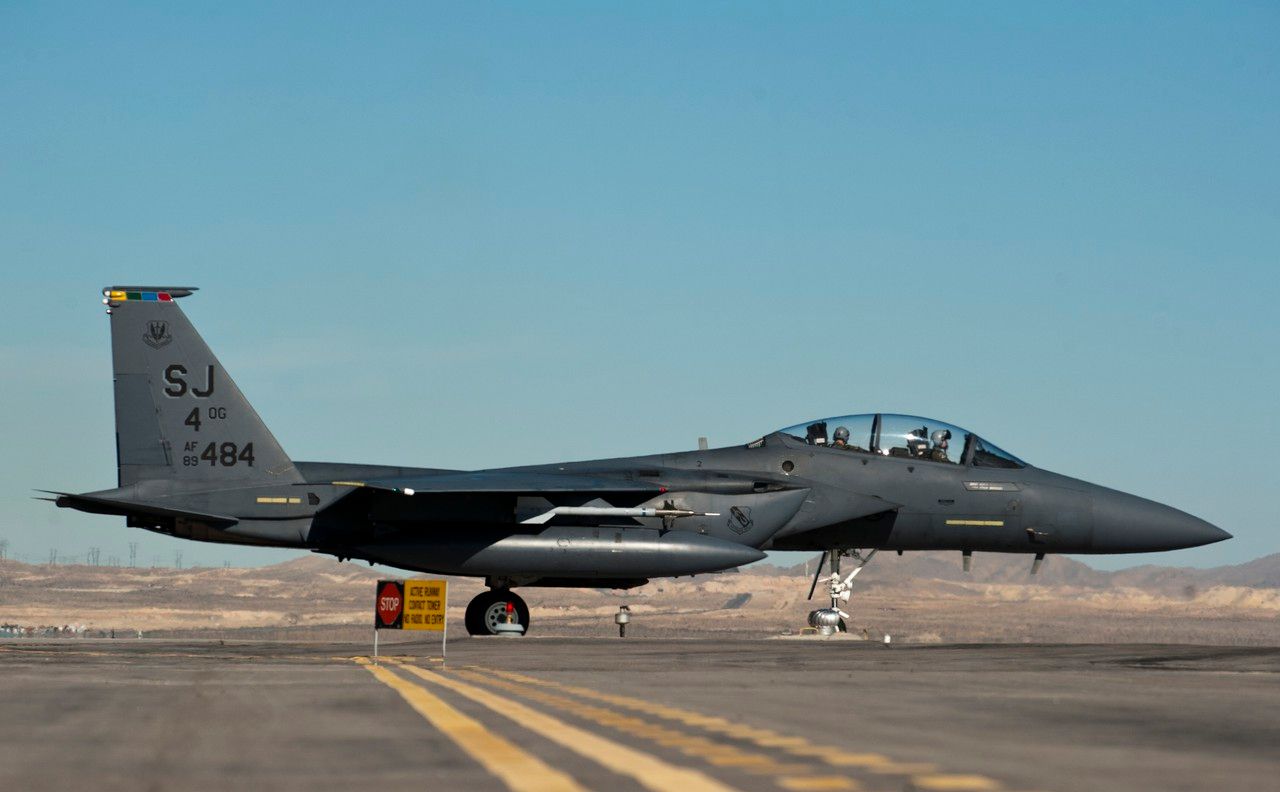
2/5/2015 - An F-15E Strike Eagle assigned to the 355th Fighter Squadron from Seymour Johnson Air Force Base, N.C., taxis to the runway during Red Flag 15-1 at Nellis AFB, Nev., Feb. 2, 2015. Red Flag provides a series of air-to-air combat scenarios which will increase aircrew and ground crew combat readiness and effectiveness. (U.S. Air Force photo by Senior Airman Thomas Spangler)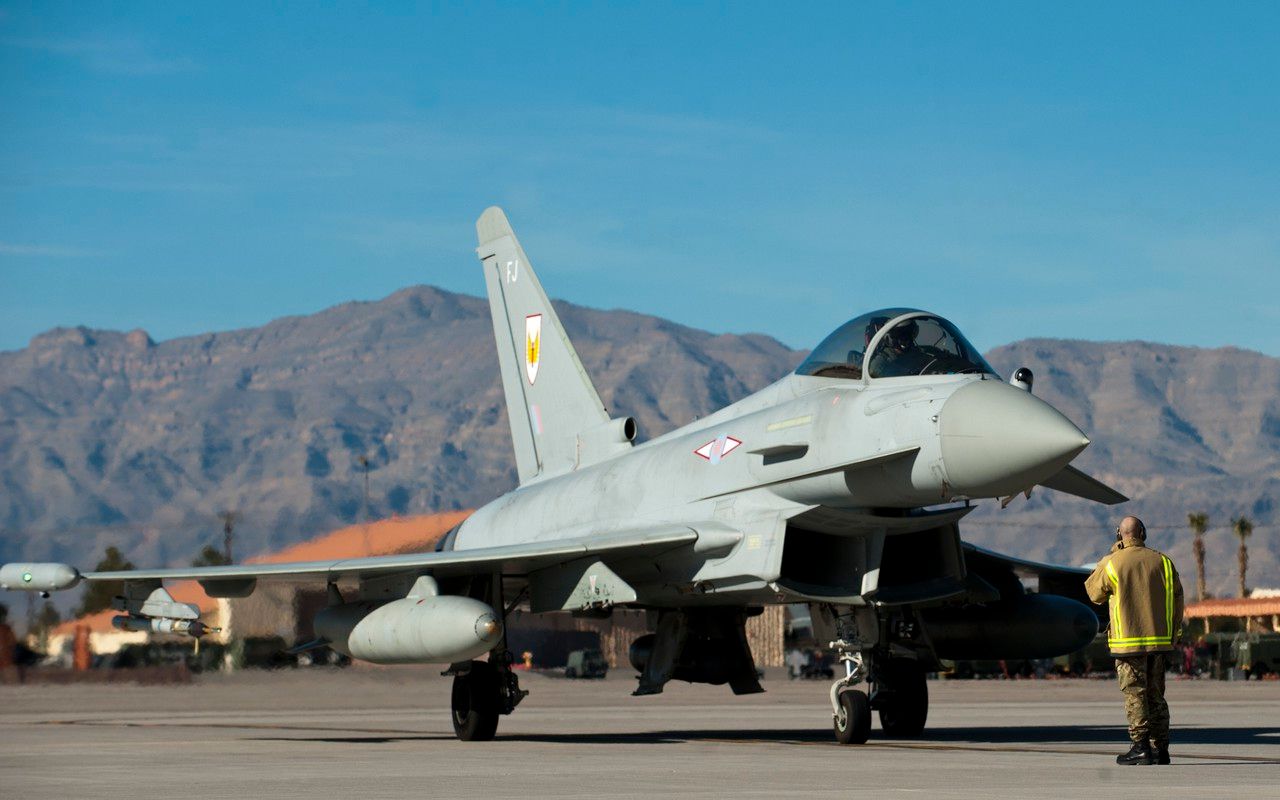
2/5/2015 - A Royal Air Force Typhoon FGR4 assigned to 1 (Fighter) Squadron, RAF Lossiemouth, Scotland, goes through final pre-flight checks before a training mission during Red Flag 15-1 at Nellis Air Force Base, Nev., Feb. 2, 2015.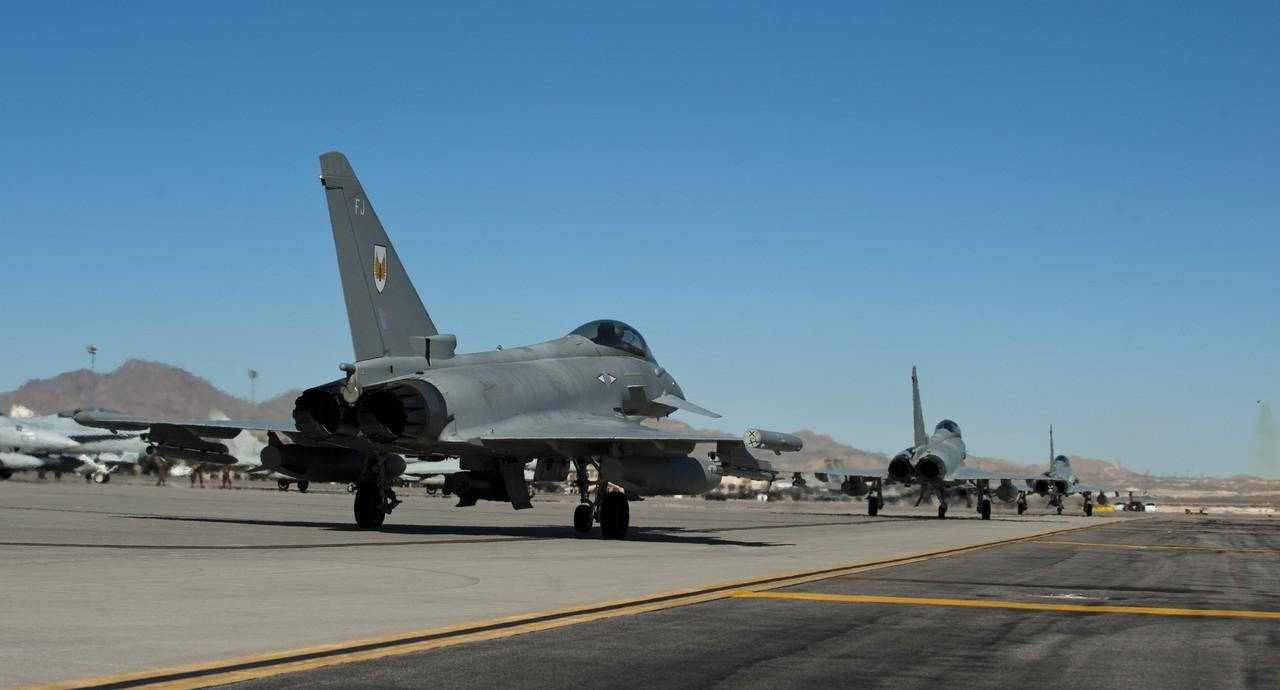
2/5/2015 - Royal Air Force Typhoon FGR4s, assigned to 1 (Fighter) Squadron, RAF Lossiemouth, Scotland, taxi to the runway for a training exercise during Red Flag 15-1 at Nellis Air Force Base, Nev., Feb. 2, 2015.
2/5/2015 - A U.S. Marine Corps F/A-18 Hornet assigned to Marine Fighter Attack Squadron 225, Marine Corps Air Station Miramar, Calif., takes off during Red Flag 15-1 at Nellis Air Force Base, Nev., Feb. 2, 2015.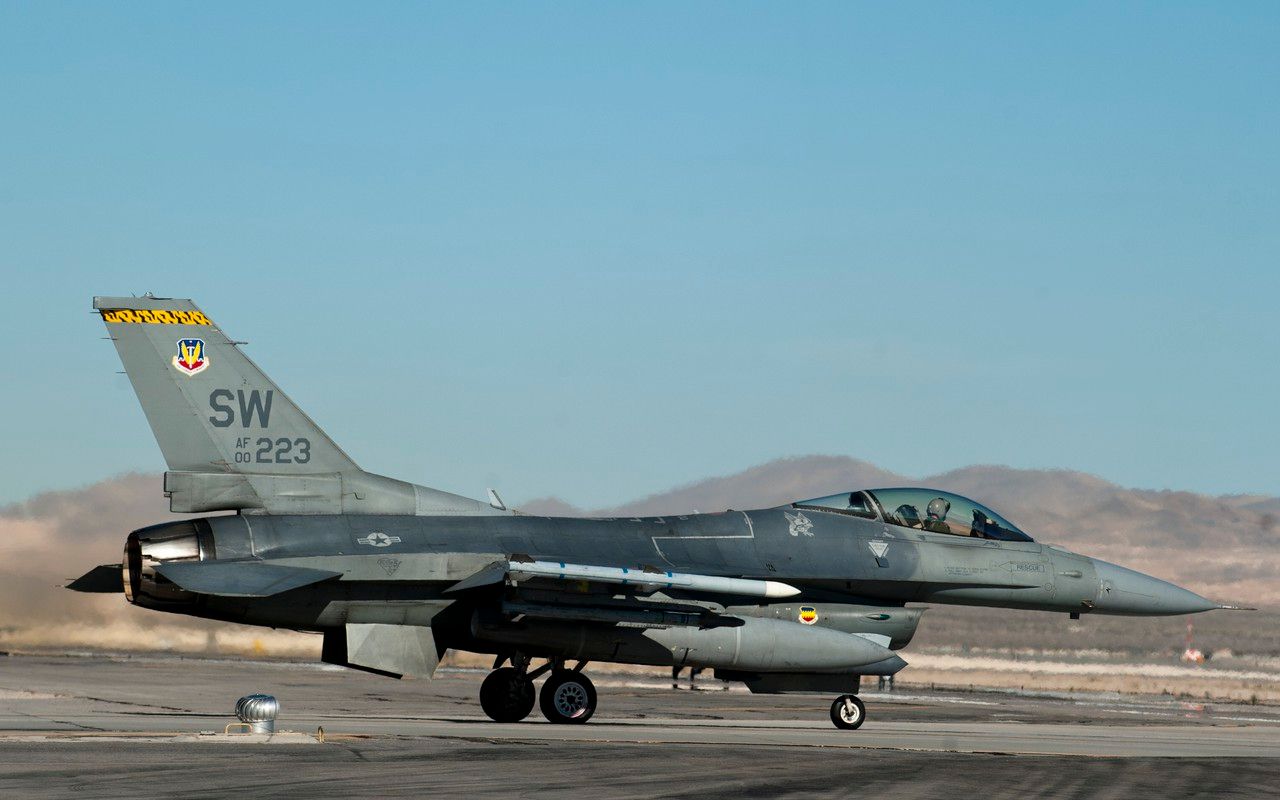
2/5/2015 - An F-16C Fighting Falcon assigned to the 79th Fighter Squadron from Shaw Air Force Base, S.C., taxis to the runway during Red Flag 15-1 at Nellis AFB, Nev., Feb. 2, 2015.
Post a reply
- Go to Previous topic
- Go to Next topic
- Go to Welcome
- Go to Introduce Yourself
- Go to General Discussion
- Go to Screenshots, Images and Videos
- Go to Off topic
- Go to Works in Progress
- Go to Skinning Tips / Tutorials
- Go to Skin Requests
- Go to IJAAF Library
- Go to Luftwaffe Library
- Go to RAF Library
- Go to USAAF / USN Library
- Go to Misc Library
- Go to The Ops Room
- Go to Made in Germany
- Go to Campaigns and Missions
- Go to Works in Progress
- Go to Juri's Air-Raid Shelter
- Go to Campaigns and Missions
- Go to Works in Progress
- Go to Skinpacks
- Go to External Projects Discussion
- Go to Books & Resources
